|
The leaves are beginning to change color and some of them are already sprinkling to the ground. It is officially autumn, however I’m not quite ready to put away my sandals. And, I’m certainly not inclined to shelve my white and rosé wines. In fact, if you have kept up with my stories, then you know I tend to drink these wines all year round. To welcome the fall season, I decided to open a crisp rosé from Michel Chapoutier’s Domaine de Bila-Haut vineyards located in the region of Côtes de Roussillon, Languedoc. To learn more about Michel Chapoutier, please click on the link below or peruse the Categories list to the right of this page. http://thewineknitter.com/the-journal/category/bilahaut Domaine de Bila-Haut “Les Vignes” Pays d’Orc Rosé 2018 is a blend of 60% Grenache and 40% Cinsault that is fermented and aged in tanks. Up until the 2018 vintage, Michel, ever the artist and experimentalist, also used 5% Syrah in the blend, but he has phased it out completely. This coral-colored wine has subtle but inviting aromas of floral, citrus, red fruit and minerality. The palate offers a soft array of berries, rose, herbs, minerality and a hint of watermelon. This is a dry and refreshingly crisp wine with just a trace of citrus on the finish. Drink as an aperitif or serve with light pasta, seafood, sushi and salads. Alcohol: 12.5% SRP: $15 Although I’m taking inventory of my red wines and getting ready for those cold winter days ahead, my refrigerator will always be stocked with white, rosé and sparkling wines! Until next time…
Cheers! Penina To leave a comment or if you have an inquiry, please contact me at [email protected] Although it is not as widely known as some of its more famous neighbors, Le Marche (pronounced Mar-kay) wine region should be on your radar. Le Marche is located on the eastern side of central Italy, nestled between the Apennine Mountains to the west and the Adriatic Sea to the east. There are approximately 60,000 acres of vineyards in Le Marche with varied terroirs throughout. Warm and cool climate zones exist in this region due to the influence of the mountains, rivers and the Adriatic Sea. Calcareous, clay and limestone-rich soils can be found here and are excellent for growing grapes such as the white grapes Trebbiano and Verdicchio that Le Marche is best known for. In fact, Verdicchio has been growing here for over 600 years. Sangiovese and Montepulciano red grapes grow well here as well. The majority of wines in Le Marche are sold as IGT Marche title (Indicazione Geografica Tipica), but the region also has DOC and DOCG titles as indicated on the map below. This past week I was introduced to the wines of Velenosi Winery located just outside the town of Ascoli Piceno. The dynamic Angela Velenosi co-founded the winery in 1984. Angela had no experience, land or capital, but she did have a vision. Her energy and passion led her to become one of the largest family-owned wineries in Le Marche region with a production of 2.5 million bottles per year and over 25 wine labels. Today Velenosi Winery represents all the appellations throughout Le Marche wine region and Angela is known as “the lady of Le Marche”. I had the opportunity to taste five wines from the Velenosi portfolio. Passerina Brut NV is made with indigenous 100% Passerina grapes grown in the vineyards of Ascoli Piceno at an altitude of 200-300 meters above sea level. The grapes are hand-harvested and the wine is produced using the Charmat Method. This is a lively, aromatic sparkling wine with soft fruit and flowers on the nose. A palate of citrus, flowers, light fruit, a hint of bread dough, fine bubbles, lively acidity and creamy texture make this wine a delight to drink. Alcohol: 12% SRP: $15.99 Verdicchio dei Castelli di Jesi DOC Classico 2018 is made with 100% Verdicchio grapes grown in the oldest and original area of Castelli di Jesi, (Marche’s largest DOC area). Verdicchio means, “little green one”. The wines tend to be straw-colored with pronounced green hues and aromas of green fruit. This is a lovely dry wine with floral, fruity and saline aromas that segue onto the palate with green apple giving it the right amount of tartness. The vibrant acidity and a finish of lemon zest make this any easy wine to pair food with. SRP: $15.99 Pecorino Offida DOCG Villa Angela 2018 is 100% Pecorino hand-harvested from the vineyards of Ascoli Piceno and Offida at 200-300 meters above sea level. The name Pecorino translated means, “little sheep”, not to be confused with the cheese of the same name. As the story goes, local sheep ate these sweet grapes and considered them a treat. This wine has lots of floral and fruit aromas. The palate shows tropical fruit, spice, fennel, fresh minerality and vibrant acidity. Alcohol: 13% SRP: $15.99 Lacrima di Morro DOC Querciantica 2018 is 100% Lacrima di Morro d’Alba harvested from vineyards in the municipalities of San Marcello –Ancona. An interesting note about this grape varietal is that after 25 years it stops producing grapes and needs to be replanted. One of its main characteristics is a “rose and violet flavor”. This wine has sweet aromas of floral, strawberry and cherry that segue onto the palate with soft tannins, spice and dark cherry. This is a beautifully structured wine that is light enough to pair with a vast assortment of cuisine. Alcohol: 12% SRP: $15.99 Rosso Piceno DOC Superiore Roggio del Filare 2015 This wine is a blend of 17% Montepulciano and 30% Sangiovese grapes. Grapes are handpicked from vines that are 50+ years old in the vineyards of Offida and Ascoli Piceno at 200 meters above sea level. This wine was aged for 18 months in new French oak. A beautiful and elegant nose of floral, spice, strawberry and cherry leads to a palate of dark fruit, plum, spice and soft tannins. This is a very expressive wine that is full-bodied and well balanced. Alcohol: 14.5% SRP: $35 All of the above wines are expressive of the terroir, exhibiting powerful aromas and complexity but light enough to enjoy with most food or as an aperitf. They are all reasonably priced wines that go a long way in value.
Until next time… Cheers! Penina To leave a comment or if you have an inquiry, please contact me at [email protected] It was the year 1620 at the Berkeley Plantation in Charles City, Virginia where colonist George Thorpe is credited with distilling America’s first batch of corn-made whiskey. It was the prelude to corn-made moonshine and bourbon. One might think that it all began in Kentucky, however Bourbon County, Kentucky was part of Virginia until the late 1700s! Also, in the late 1700s, a Baptist preacher by the name of Elijah Craig who lived in Orange County, Virginia is at times credited for being the first person to age whiskey in charred oak casks, thus creating bourbon. And let’s not forget George Washington who began commercial distilling in 1797 at his Mount Vernon property in Virginia. It was the largest whiskey distillery in the country during that time. Most of the whiskey he produced was a blend of 60% rye, 35% corn and 5% malted barley. The above video is of the Gristmill. After a fire in 1814 destroyed the building, Washington’s distillery was eventually reconstructed in 2007 and it now produces small batches of whiskey each year. Today, there are over 60 licensed distilleries located throughout Virginia, spanning from south to north and east to west. In fact, there are more craft distilleries here than in both Kentucky and Tennessee. And the variety of whiskey being produced in Virginia is impressive. In addition to whiskey, bourbon and moonshine, many distilleries are also making such spirits as gin, rum, vodka, brandy, aquavit, pastis, absinthe and flavored liqueurs. Most of these distillers use only locally sourced ingredients to ensure a quality product in addition to working with and supporting the community and local farmers. Virginia is celebrating 400 years of making distilled spirits this September with many events and festivities scheduled throughout the next few months. www.virginianspirits.org Through the generosity of the Virginia Distillers Association and Virginia Spirits Org., I was recently invited to meet with 25 distillers, tour seven distilleries, participate in a cocktail seminar and dine on exceptional culinary delights. It was a four-day whirlwind tour that also included a stopover at the historic Berkeley Plantation and George Washington’s Mount Vernon Distillery. Our Virginia Spirits Trail began in Newport News and ended in Leesburg. At the beginning of the tour, we were given a passport that was stamped with each visit. I thought the ice cube stamp was clever! Our tour bus was graciously provided by Virginia Hop On Tours co-owned by Jon Craig (pictured here). Jon provided us with everything we needed, including some local history and entertaining stories. When planning your spirits/wine/beer tours, I highly recommend you contact Jon. www.cvillehopontours.com As I embarked on the tour I became aware of a common thread of agreement between the distillers. For the most part, they all seem to be focused on producing farm to bottle spirits and distilling small batches while making a spirit that reflects the “terroir” and community. My big take away from this trip (aside from the amazing spirits) is the overall emphasis on community spirit and how the distillers work closely together and support each other. They don’t look at making spirits as a competition between each other because they all have the same goal and passion and are dedicated to working hard to promote Virginia Spirits. It is quite awe-inspiring! Each distiller and distillery has a unique story. And I am impressed by their creative approach to making spirits. Over the next few months, I will be writing about the distilleries that I had contact with on this trip. And of course, I will also discuss and review some of their spirits. Let’s begin with the oldest operating distillery in Virginia, A. Smith Bowman Distillery. The family tree is impressive and reads like a history book. For instance, brothers John, Abraham, Joseph and Isaac Bowman were Virginia militia officers in the American Revolutionary War. And A. Smith Bowman Jr.’s daughter married Jay Adams, a relative of John Adams, John Quincy Adams and James Buchanan. The names on each bottle of whiskey pay homage to a relative. John J. Bowman Single Barrel Bourbon is named after Colonel Bowman, the first military commander and governor of Kentucky County. And the two stills are nicknamed Mary and George to pay homage to George Bowman and Mary Hite (eldest daughter of Jost Hite), parents of the Bowman brothers. Abram Smith Bowman, purchased Sunset Hills Farm in 1927, a 7,200-acre property in Fairfax County that was used as a dairy and granary. (In 1964 the farm became the planned community of Reston, Virginia.) After the repeal of Prohibition in Virginia in 1933, Bowman built a distillery on the estate that was completed in 1934. With all the excess grain that his farm was producing, it made sense to make spirits with it. The distillery’s hallmark bourbon called Virginia Gentleman was first produced in 1935 with the help of Bowman’s two sons, Abram Jr. and DeLong. Up until the 1950s, A. Smith Bowman was the only producer of legal whiskey in the Commonwealth of Virginia. In 1988, the distillery relocated 60 miles south of the original location to the historic city of Fredericksburg. Today, A Smith Bowman, a micro-distillery, produces award-winning whiskeys led by Colorado raised Master Distiller, Brian Prewitt. Using the latest technology and time-honored tradition, they produce premium spirits made with the best natural ingredients. Although they produce vodka, rum, gin and several experimental spirits, they are best known for their whiskey, especially bourbon. After tasting several Bowman bourbons, the standout for me was the Abraham Bowman Sweet XVI Bourbon that was released in 2018. This bourbon represents Bowman’s experimental, limited-edition line. It was made from a selection of bourbons aged in Missouri charred oak barrels with four different entry proofs - 125, 114, 105, and 90 proof. After 16 years of aging, the barrels were blended together producing a rich and seductive spirit. The nose was sweet with caramel, vanilla, leather and charred oak. Considering it was a 114 proof release, it was smooth but definitely heat infused. Notes of molasses, baking spice, oak, and anise filled the palate with a warm, creamy and sweet finish. This was a limited edition that is not available anymore. However, if you like bourbon, I highly recommend seeking out one of the many A. Smith Bowman bourbons that are now on the market. https://asmithbowman.com
More stories and coverage of the distilleries from my Virginia trip to follow soon. In the meantime, why not book a tour of Virginia’s Spirit Trail and enjoy all that Virginia has to offer? Or, stop by your local spirits store and pick up a bottle of Virginia spirits. Either way, you’re in for a treat! Until next time… Cheers, Penina To leave a comment or if you have an inquiry, please contact me at [email protected] I’m flying out on a press trip this weekend to spend several days immersing myself in the world of Virginia spirits. Did you know that Virginia is the birthplace of American distilled spirits and will be celebrating 400 years of spirits making? It all began in 1620…(to be continued when I return from Virginia.) I will be sampling many varieties of distilled spirits such as bourbon, whiskey, vodka, rum, gin, moonshine and craft cocktails! It will be a whirlwind tour that includes meeting with many distilleries and visiting a few historical sites. Stay tuned for some interesting stories! And in the meantime, follow my Virginia adventure on Instagram @thewineknitter. Until next time…
Cheers! Penina To leave a comment or if you have an inquiry, please contact me at [email protected] Over the Labor Day Weekend, I sampled a few vintage wines from our restaurant days in New York City. Some of the wines didn’t warrant a second sip, and a few others were worth taking notes on. And then, there was this. Most Pinot Noirs are not known for their longevity and are best enjoyed within a few years of bottling. However, there are a few Pinot Noirs that stand the test of time and this is one of those wines. Domaine Confuron-Cotetidot is a family run business that dates back to the seventeenth century during the reign of Louis IV. The Confuron family has always been vignerons specializing in vine selection and propagation. Yves Confuron runs the estate today along with the help of his brother, Jack, who is an oenologist. Their parents still work the vines as they have always done for the past fifty years. The family vineyards are spread throughout the Côte de Nuits located in the northern half of the Côte d’Or wine region in Burgundy, France. In addition to their village level wines, the estate has an impressive array of premier cru and grand cru sites that include the famous Vosne- Romanée Les Suchots of which they are one of the largest holders. For the most part, vines in all of their vineyards average around 65 years of age. Within the Côte de Nuits are two Grand Cru vineyards, Vosne-Romanée and Chambolle-Musigny, where some of the most famous and expensive Pinot Noirs are produced. Vosne-Romanée is a small commune that has been producing notable wines for thousands of years. Les Suchots is located within this commune and it is the largest Premier Cru climat in the Vosne-Romanée appellation. Climat refers to delineated plots of land that have specific climatic and geological conditions. The climate here is balanced between the warm sun and cool winds that help to develop rich fruit complexity and good acidity in the wines. Domaine Confuron-Cotetidot Vosne-Romanée 1er Cru-Les Suchots 1998 The bottle showed a small amount of wine evaporation (ullage), but the cork was good so I used the Coravin system to extract a glass of wine. This 100% Pinot Noir had a beautiful garnet color with tawny around the rim. The heady aromas of floral, kirsch, spice and red fruit, notably cherry, were encouraging. Before the wine had time to open my palate was treated to red berries, spice, earth and gripping acidity. After twenty minutes the fruit and spices were more pronounced. I tasted cherry, raspberry, spice, mushrooms and anise. This wine still has an impressive complexity to it and expresses the terroir beautifully. It made me fall in love with Pinot Noir all over again! Alcohol: 13% I’m looking forward to uncorking this bottle very soon! Until next time…
Cheers! Penina To leave a comment or if you have an inquiry, please contact me at [email protected] It’s hard to believe that summer is almost over. Labor Day weekend is upon us and for many people that means transitioning from white shoes and summer clothing to autumn attire. In fact, some folks stop drinking white and rosé wine altogether and switch to red wine. Clothing might be a seasonal thing, but wine shouldn’t be! So, if you must, pack up your summer wardrobe. But please don’t shelve the lighter wines due to the weather forecast or change of seasons. It’s okay to enjoy them all year long! No judgment here! And, these are some lovely wines to drink all year long. To learn more about the above wines and their origins, please click on the Category menu on the right-hand side of this page.
Have a great Labor Day Weekend! I’ll be back next week! Until then… As you may have surmised from previous stories, I love Susana Balbo Wines. So, when I recently received four bottles of her CRIOS brand, I was quite pleased. For those of you who aren’t familiar with Susana Balbo Wines, here is a quick recap from my last story about her. To read more about Susana, the winery and wine reviews, please click on the ‘Categories’ menu to the right of this page. Susana Balbo is the founder and owner of Susana Balbo Wines located in Luján de Cuyo, Mendoza in western Argentina close to the Andes Mountains. Due to the close proximity of the Andes, the vineyards are subject to a hot, dry climate during the day and cool alpine winds in the evenings, thus allowing the grapes to develop and ripen slowly while reaching full tannic ripeness and maintaining their acidity. Susana is not only the most well known Argentinian female winemaker globally, but she is also the first female enologist in Argentina! With over thirty years of experience in the wine industry, Susana has built an impressive career and produces some outstanding wines. From an early age, Susana strayed from wanting a traditional “female” education by electing to study nuclear physics in Bariloche. However, her parents would not let her leave Mendoza to pursue this path. So, Susana made a decision to follow the family’s wine business and in 1981, she graduated from Don Bosco University with a degree in enology, becoming the first female enologist in Argentina and challenging the male-dominated wine industry in Mendoza. Susana’s career began at Michel Torino winery in the Salta province where she made her first wine in 1983. It was the first vintage of Torrontés from Salta. She then continued on to work at many other well-regarded wineries and also worked as a consultant winemaker for national and worldwide wineries before “birthing” Susana Balbo Wines in 1999. Her first vintage was released in 2002. Susana’s two children are an integral part of the business. Her son José joined the team in 2011 as winemaker and her daughter Ana joined in 2012 as marketing manager. Susana produces four brands of wine that include CRIOS, Susana Balbo Signature, Nosotros and BenMarco. The CRIOS brand was created by Susana as a tribute to her son and daughter. CRIOS in Spanish means “offspring”. To quote Susana Balbo Winery, “CRIOS wines express Susana's love and dedication to her children, José and Ana. Today, Susana's CRIOS have grown and matured, just like her children who now work with her at the family winery.” The grapes for this brand are harvested from specific areas in Mendoza and Salta where grapes are optimal for the fruit-forward style of CRIOS. CRIOS Torrontés 2018 is 100% Torrontés hand-harvested from vineyards in Cafayete (Salta) and Uco Valley (Mendoza) regions at an elevation of 5,600 ft. Cafayete region has sandy-loam soils and the Uco Valley is known for its complex mix of soils that include stones, sand and limestone. This wine is pale lemon with green hues. A lovely floral bouquet is infused with citrus and a hint of pear. And the palate offers a refreshing blend of acacia, pear, citrus, green apple and crisp acidity. This is a perfect wine to serve as an aperitif or serve with seafood, light pasta and Asian cuisine. Alcohol: 13.5% SRP: $15 CRIOS Rosé of Malbec 2018 is 100% Malbec hand-harvested from vineyards in the Uco Valley region at an elevation of 3,700 ft. This Rosé has a vibrant coral color with subtle notes of strawberry, peach, red cherry and a hint of vanilla on the nose. This is a dry, refreshing and lively wine with crisp acidity. Soft notes of strawberry and sweet spice linger on the palate leading to a creamy finish. Serve as an aperitif or pair with fish, salads and light appetizers. Alcohol: 14.5% SRP: $15 CRIOS Malbec 2018 is 100% Malbec hand-harvested from vineyards in the Uco Valley region at an elevation of 3,700 ft. This wine was aged for nine months in French oak. This wine has a rich purple color with juicy aromas of violets, cherry, plum, berries and spice. Notes of plum, cherry, pomegranate and spice tease the palate with a delightful finish of mocha and pepper. Tannins are nicely balanced with acidity. Serve with grilled meat, tuna, hearty stews and aged cheese. Alcohol: 13.9% SRP: $15 CRIOS Cabernet Sauvignon 2018 is 100% Cabernet Sauvignon hand-harvested from vineyards in the Uco Valley region at an elevation of 3,700 ft. This wine was aged for nine months in French oak. This wine is deep red bordering on purple with aromas of plum, floral, spice, dark berries and sour cherry. A lush palate of dark berries, plum, espresso and sweet spice ends with a lingering finish of anise and pepper. A nice balance of bright acidity and soft tannins rounds out this wine. Serve with grilled meat, fowl, hearty stew and spicy cuisine. Alcohol: 14.5% SRP: $15 The handprint logo that is on each CRIOS bottle is of three overlapping hands representing the generations involved in making this quality wine. It also symbolizes Susana’s love for her children and acknowledges hands as powerful tools in accomplishing a mission together. Family working together, producing wine out of love and a passion for quality and the land…it doesn’t get any better!
Until next time… Cheers! Penina To leave a comment or if you have an inquiry, please contact me at [email protected] One might not think of Merlot when it comes to Tuscan wine. Perhaps this is due to the influence and popularity of Tuscany’s largest and best-known Sangiovese-dominant wine region of Chianti. The Sangiovese grape is the most planted grape variety in all of Italy, and according to Italian Wine Central statistics of 2015, Merlot is ranked number seven. Merlot is one of several major grape varieties used in the production of Super-Tuscan wines but it is also produced as a 100% varietal in the Tuscany region. Sorting through yet another recent delivery of vintage wines leftover from our restaurant days, I came across a bottle of Marchesi de Frescobaldi “Lamaione” 2000, a 100% Merlot. The Frescobaldi family has been part of Tuscany’s winemaking tradition for 700 years. From generation to generation they have passed on their tradition of cultivating the best of Tuscan diversity and production of fine wines. With seven estates spread throughout Tuscany, Frescobaldi’s main focus is sustainable farming in addition to developing and enhancing the diversity and maintaining the identity of each estate’s terroir. The Merlot grapes for the Marchesi de Frescobaldi Lamaione were sourced from Frescobaldi’s Castelgiocondo estate located southwest of Montalcino. Vineyards are planted in clayey terrain rich in limestone and mineral elements at an altitude of 300 meters (984 ft.), facing southwest on sunny slopes with well-drained soil and an arid climate. Marchesi de Frescobaldi “Lamaione” 2000, Toscana IGT This 100% Merlot was aged in 90% new and 10% single-use French oak barrels for 24 months and then aged for another 12 months in the bottle. Since I tasted this wine alone, I used my Coravin system to pour a glass so that I could share the rest of the bottle at a later date. As soon as I started pumping this garnet colored wine into my glass, delightful fruit aromas wafted up, always an encouraging sign! As the wine opened up aromas of dark cherry, blackberry, dried berries, sweet spice and vanilla were evident. My first sip told me that I was in for a treat. Although the wine was slightly past peak, it entertained my palate over the next hour with an array of flavors. I tasted black cherry, blackberry, cooked plum, spice, earth, pepper and a very nice finish of dried fruit and fennel. This wine had a good balance of tannins and acidity. I will definitely pop the cork on this bottle in the next week or so…this is a wine to share! Alcohol: 14.5% The majority of wines in this latest cache are reds, so I will be quite busy entertaining my palate over the late fall and winter season! Until next time…
Cheers! Penina To leave a comment or if you have an inquiry, please contact me at [email protected] Summer isn’t over yet. There are still 5 weeks to go to enjoy outdoor concerts, beach time, backyard picnics and lazing in the hammock. With all the canned wine now available on the market, it is easier than ever to pack a few cans into one’s picnic basket. Tussock Jumper has taken it one step further by attaching a disposable wine cup to a single-serve, 187ml recyclable plastic bottle. The bottles are easy to transport and as you can see, two of them fit into my small hand! Tussock Jumper is a wine brand comprised of premium wines selected from eleven different countries around the world. The grapes are harvested from a collection of small vineyards carefully chosen for the best quality grapes. And all the wines are produced and bottled where the grapes are sourced. Tussock Jumper’s slogan is “Jump Around The Wine World”. A “tussock” is a knobby type of grass. As quoted from Tussock Jumper website “it symbolizes our green credentials and commitment to preserving nature. We take great care that all our wines are grown and produced under the best and most sustainable conditions.” Each bottle of wine depicts an animal that is native to where the wine comes from. And why the red jumpers you might ask? According to Tussock Jumper, the red jumper is a seal of authenticity, guaranteeing that all has been done to provide the consumer with quality wine. Tussock Jumper Chardonnay, France 2018 This wine is 100% Chardonnay with grapes sourced from the South of France. A Mediterranean climate and assorted clay soils help to give the wine its character and crisp acidity. The wine was aged for nine months in 50% American and 50% French oak barrels. A soft lemon color gives way to lovely aromas of pear, citrus, granny smith apples and a touch of floral. A palate of pear, stone fruit and honeysuckle mingle with a hint of vanilla on the finish. Crisp acidity and a wonderful mouthfeel make this a very refreshing wine. Drink as an aperitif or pair with seafood, light pasta salads and grilled veggies. Alcohol: 13% SRP: $3.99/187ml Tussock Jumper Pinot Noir, France 2018 This wine is 100% Pinot Noir. Grapes were sourced from the South of France in vineyards resting on clay and limestone terraces. This ruby-red wine has a lush bouquet of ripe red berries, blackberry, cherry and a touch of sweet spice that segues onto the palate with a nice jammy mouthfeel infused with a hint of white chocolate and pepper. Tannins and acidity blend well together. Drink with grilled meats, fowl, pasta and cheese.
Alcohol: 12.5% SRP: $3.99/187ml The above wines depict a wild boar on the label, which is native to this particular region. Other single-serve varietals include Pinot Grigio and most recently, Malbec. In addition to single-serve wines, Tussock Jumper has an impressive portfolio of wines from around the world that are available in 750ml size bottles. I will be exploring more wines from Tussock Jumper very soon and will share my thoughts with you. Until next time… Cheers! Penina To leave a comment or if you have an inquiry, please contact me at [email protected] Hopefully, by now you are familiar with Domaine Bousquet after reading several of my stories and numerous reviews of their wines. And perhaps you have a bottle or two in your wine cellar! Domaine Bousquet is located in the upper reaches of the Gualtallary Valley in Tupungato, part of Mendoza’s Uco Valley in Argentina. Sitting at an altitude of 4,000 feet, it is considered one of the highest altitude vineyards in Mendoza and in the world! Noted for their use of French and Argentinian winemaking techniques, Anne Bousquet stated, “The objective of the Bousquet family was to unite our tradition of European winemaking with the ideal agricultural conditions in Mendoza.” If you are not familiar with the Bousquet family history, the estate and its terroir, please click on the links below. Day 622 Bonjour Argentina! - The WineKnitter http://thewineknitter.com/1/post/2018/01/day-622-bonjour-argentina.html Day 626 Bonjour Argentina! Part Two - The WineKnitter http://thewineknitter.com/1/post/2018/02/day-626-bonjour-argentina-part-two.html All of Domaine Bousquet wines are made from 100% organic fruit since the first vines were planted in 1997. Special attention is always taken to preserve the purity of the organic fruit. Sulfites occur naturally in grapes, but winemakers add additional sulfites to wine as a preservative. The sulfites help to maintain the wine’s freshness and slow down oxidation. With the release of Domaine Bousquet’s Virgen 2018, it marks their first no-sulfites-added, USDA certified organic red blend. Anne Bousquet said, “We only tackled this project once we were confident that we could manage the challenges of making a top-notch organic wine. We also wanted to make sure that this wine was true to our house style: an elegant wine with bright, clean, fruit flavors.” Domaine Bousquet Virgen Organic Red Blend 2018 is made with estate-grown 35% Malbec, 35% Cabernet Sauvignon and 30% Cabernet Franc. As with all grapes from the estate, they are manually harvested. The three grape varieties were fermented together, no oak was used and no sulfites were added allowing for the “purest expression of the terroir.” This wine is deep purple with intoxicating aromas of ripe red fruit, dark berries, violets and spice. A richly layered palate is filled with juicy blackberries, black raspberry, blueberries, floral, spice and anise. The alcohol and acidity are perfectly balanced with fruit and anise lingering on a lengthy finish. This is a “drink now” wine. Pair with hearty stews, grilled meat, fowl and pasta. Alcohol: 15.5% SRP: $13 In addition to the Virgen Red Blend, I opened Domaine Bousquet’s Premium Cabernet Sauvignon. The premium varietal series is usually a blend of estate and purchased fruit from the Uco Valley. Premium Varietal Series Cabernet Sauvignon 2018 is 100% Cabernet Sauvignon made from 100% organic fruit manually harvested from estate vineyards. This wine is un-oaked. An inky purple color leads to aromas of dark berries, black plum, floral and spice. The palate offers a mix of berries infused with dark cherry, plum, spice, licorice and a touch of pepper and violets on the finish. This is a smooth wine with just the right balance of tannins and acidity. Pair with aged cheese, grilled meat, veggies and hearty soups. Alcohol: 14% SRP: $13 Domaine Bousquet wines never disappoint my palate and they are offered at an amazing price!
Until next time… Cheers! Penina To leave a comment or if you have an inquiry, please contact me at [email protected] |
Categories
All
|

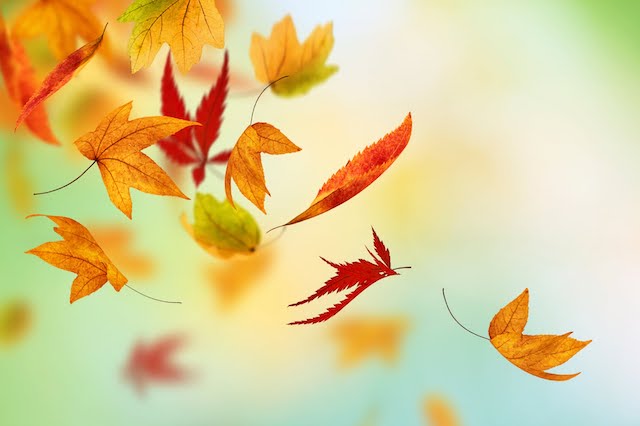
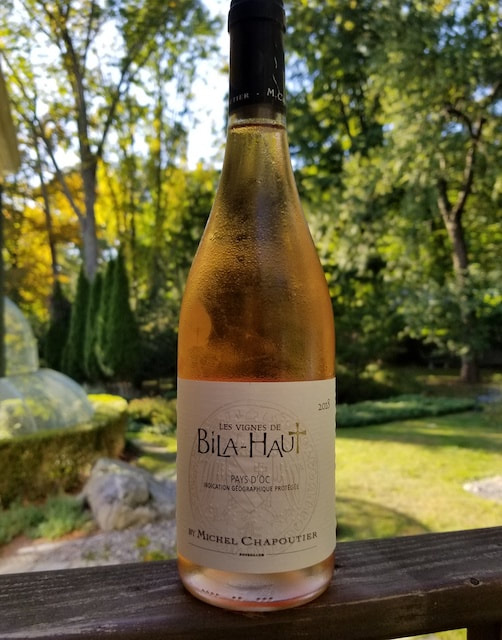
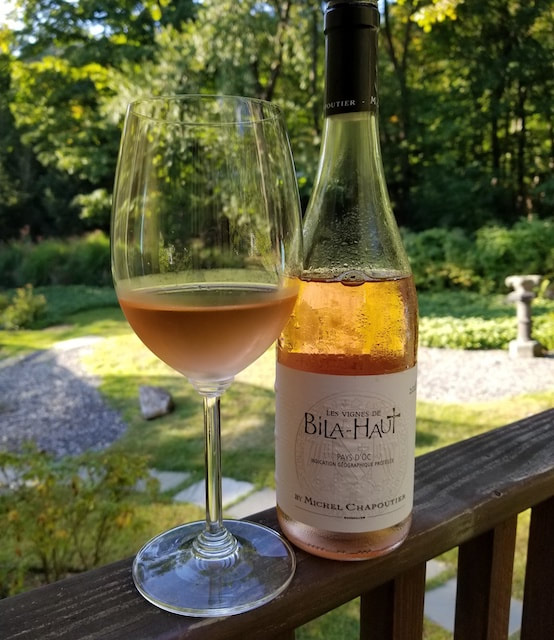
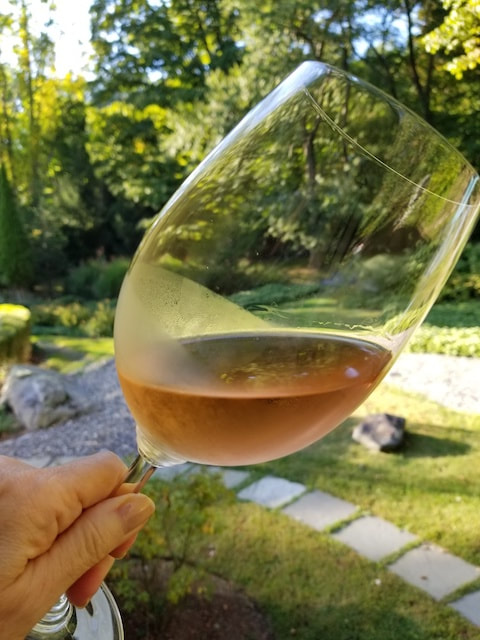
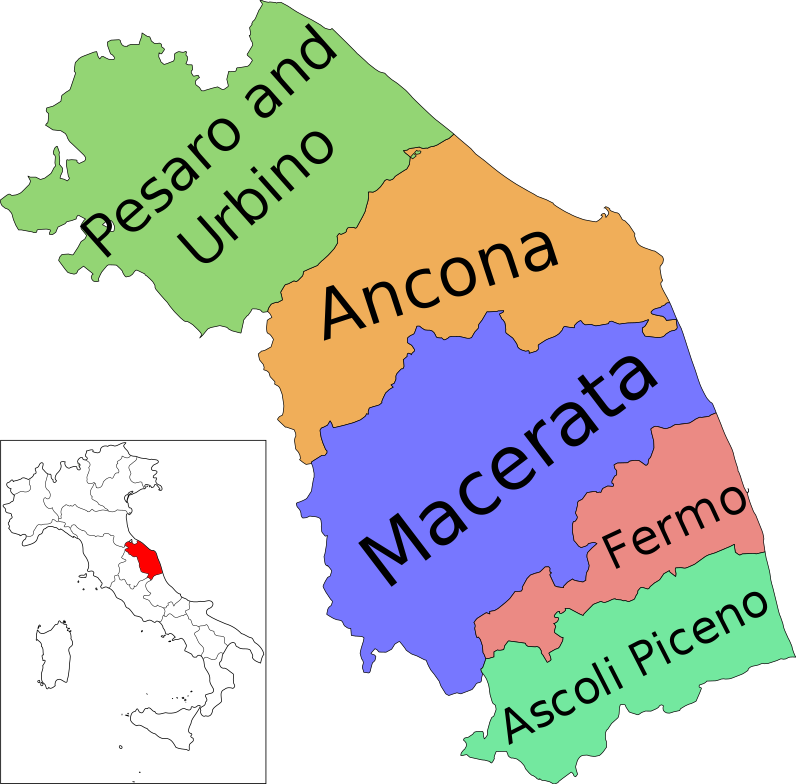
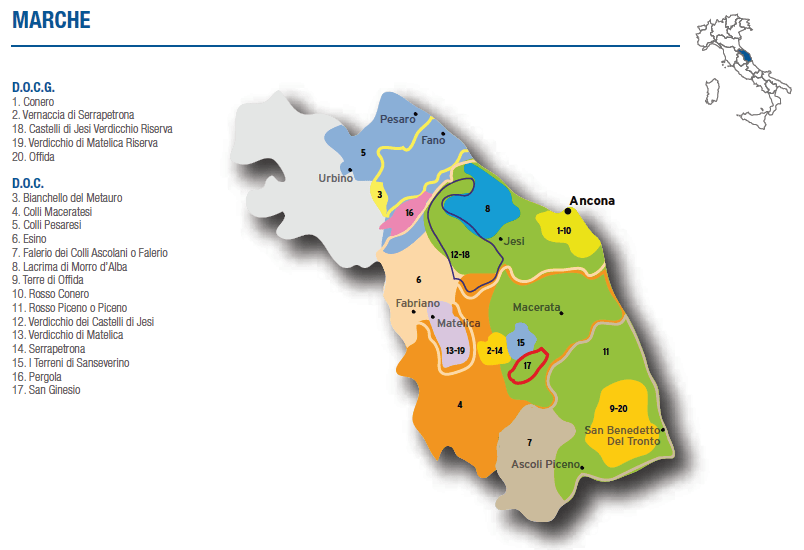
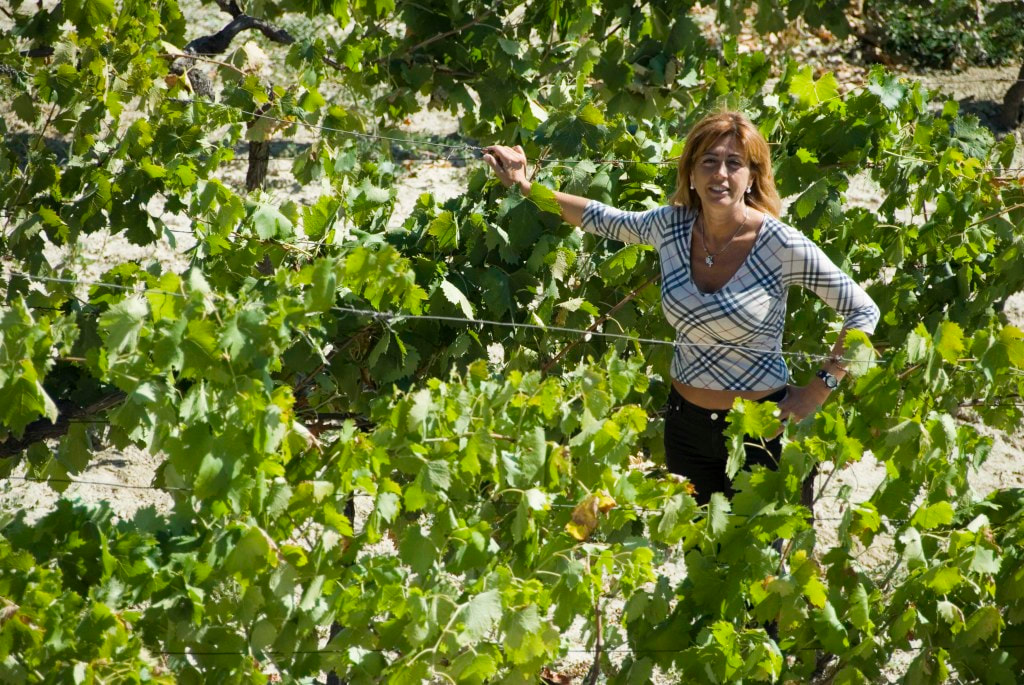
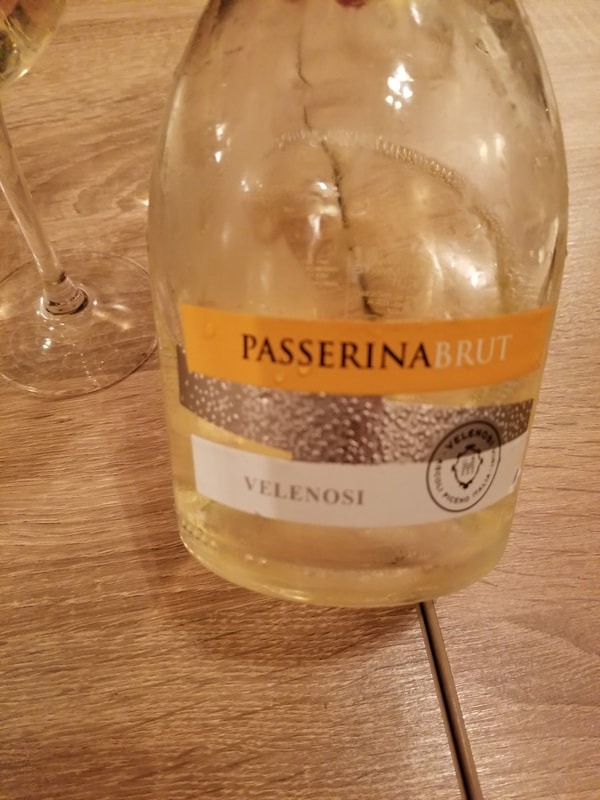
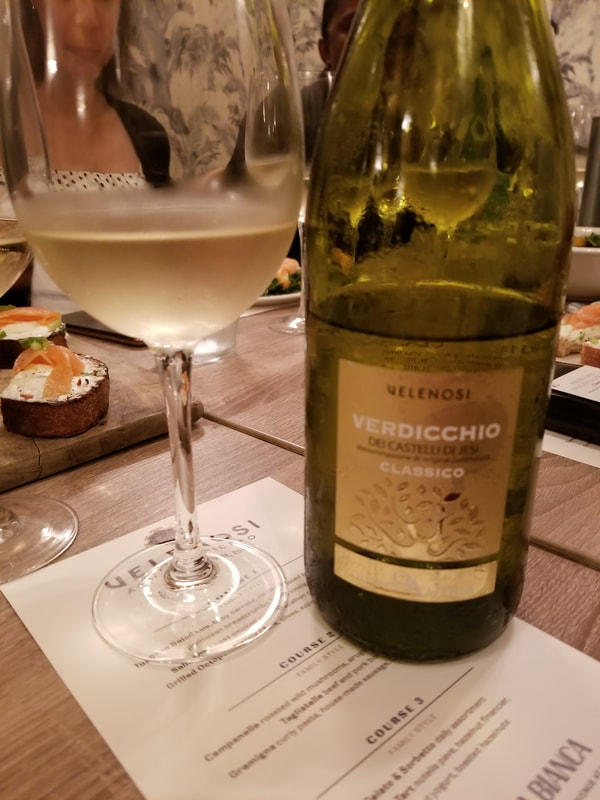
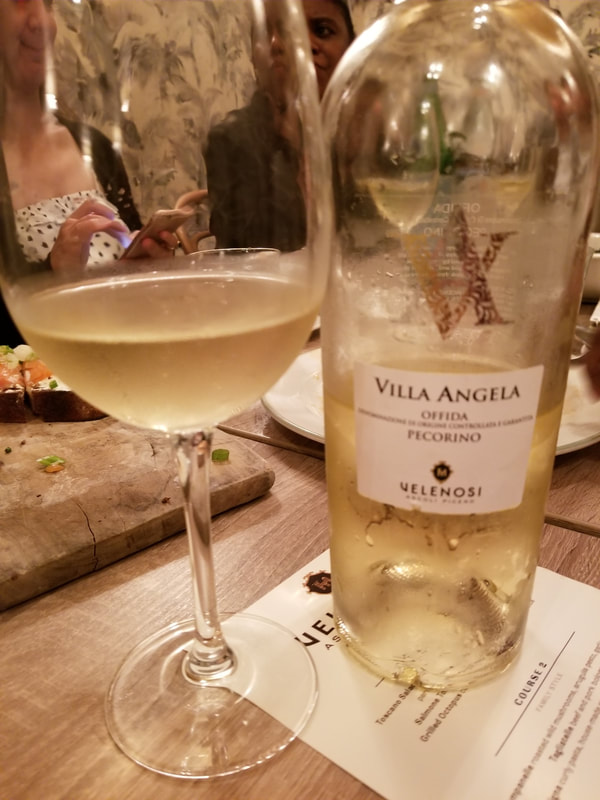
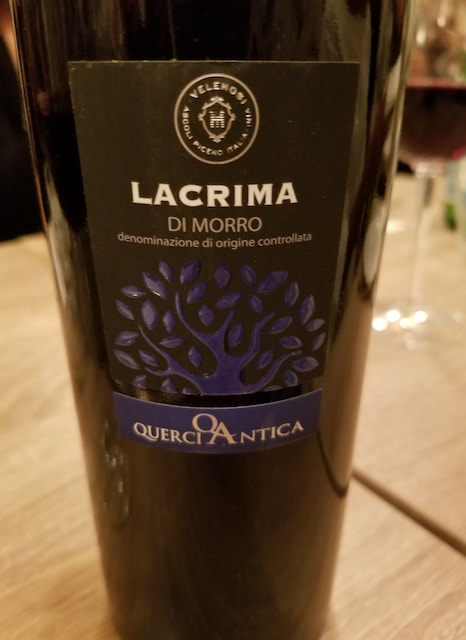
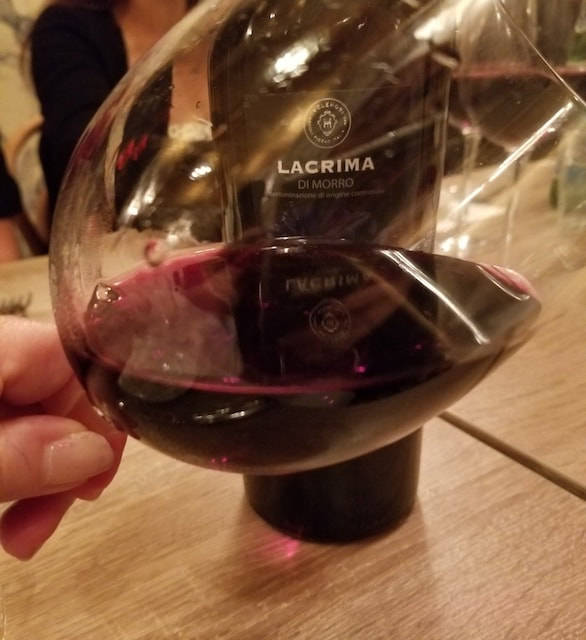
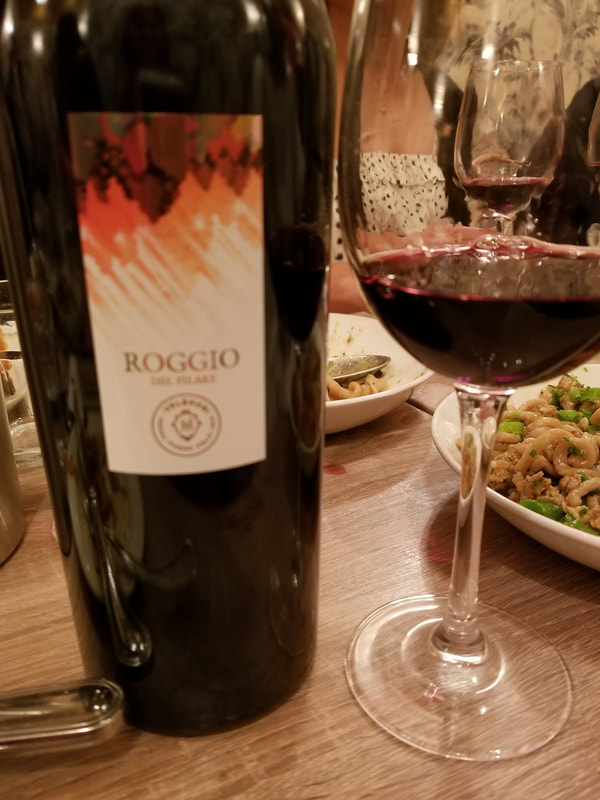
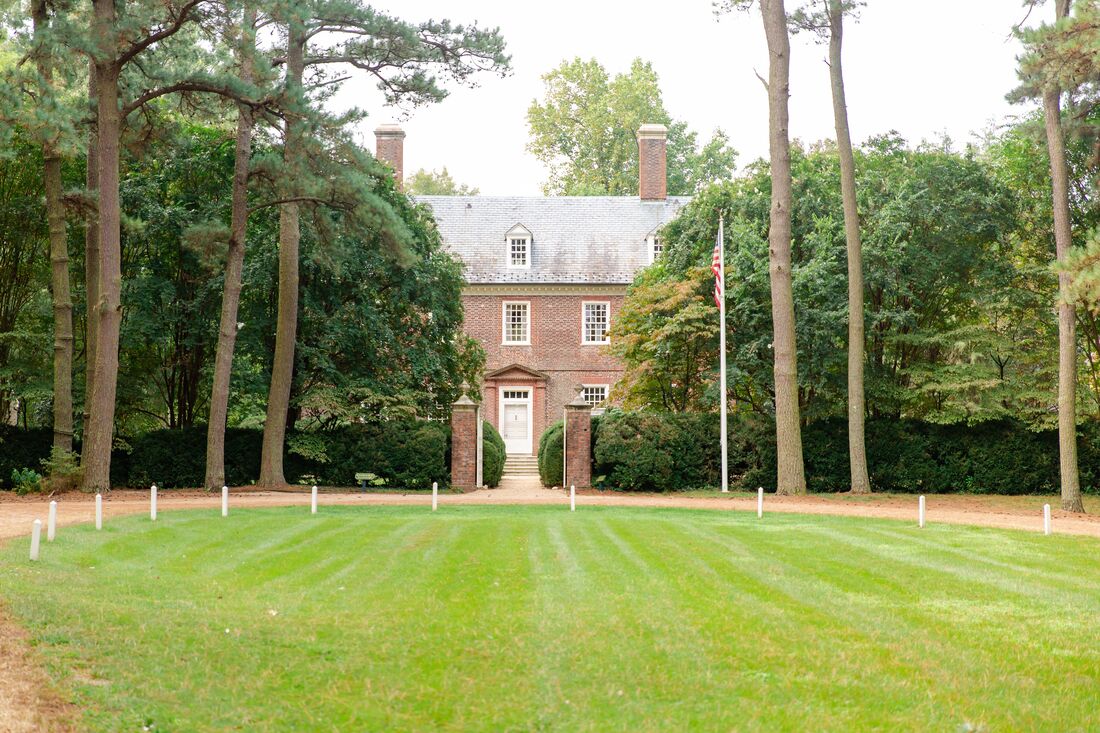
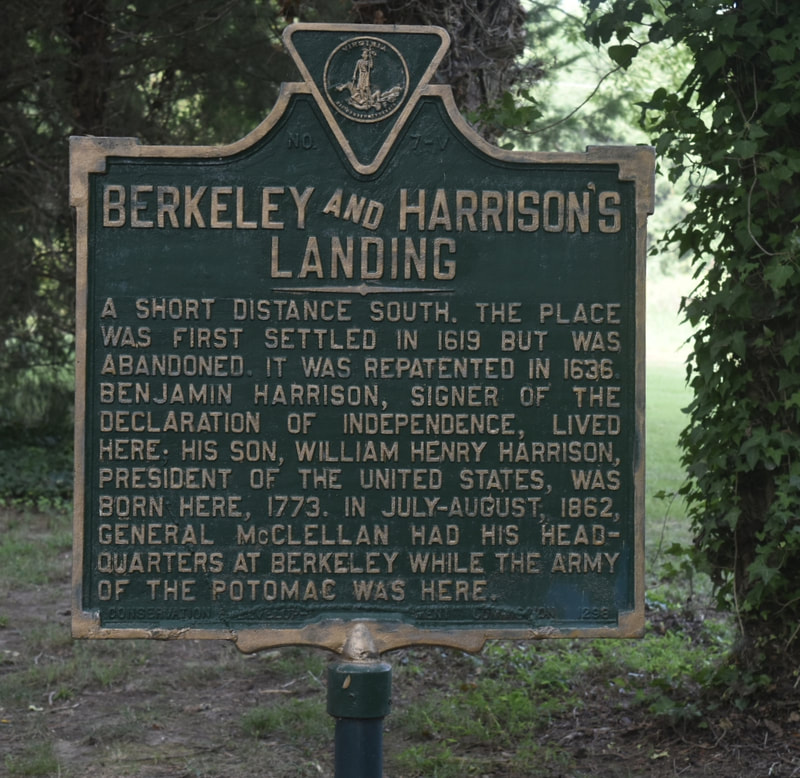
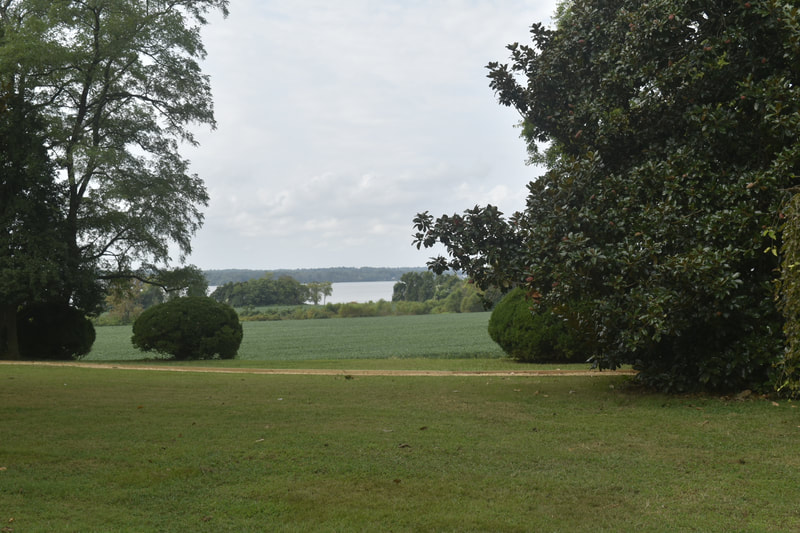
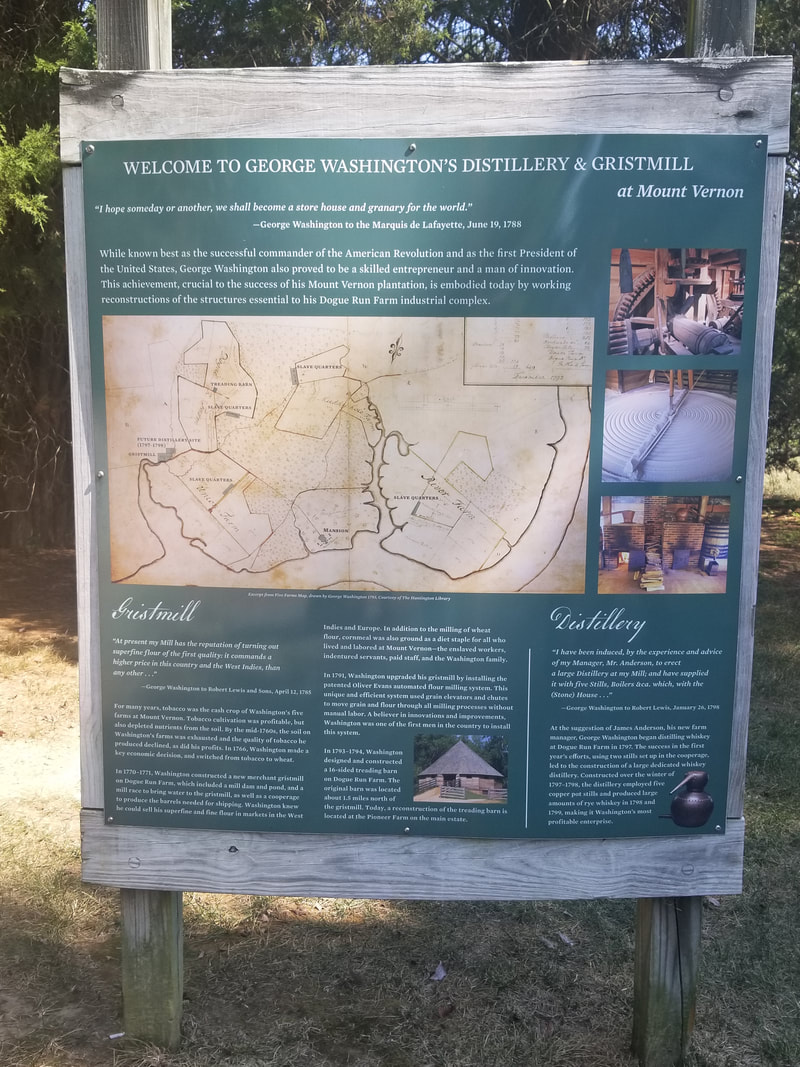
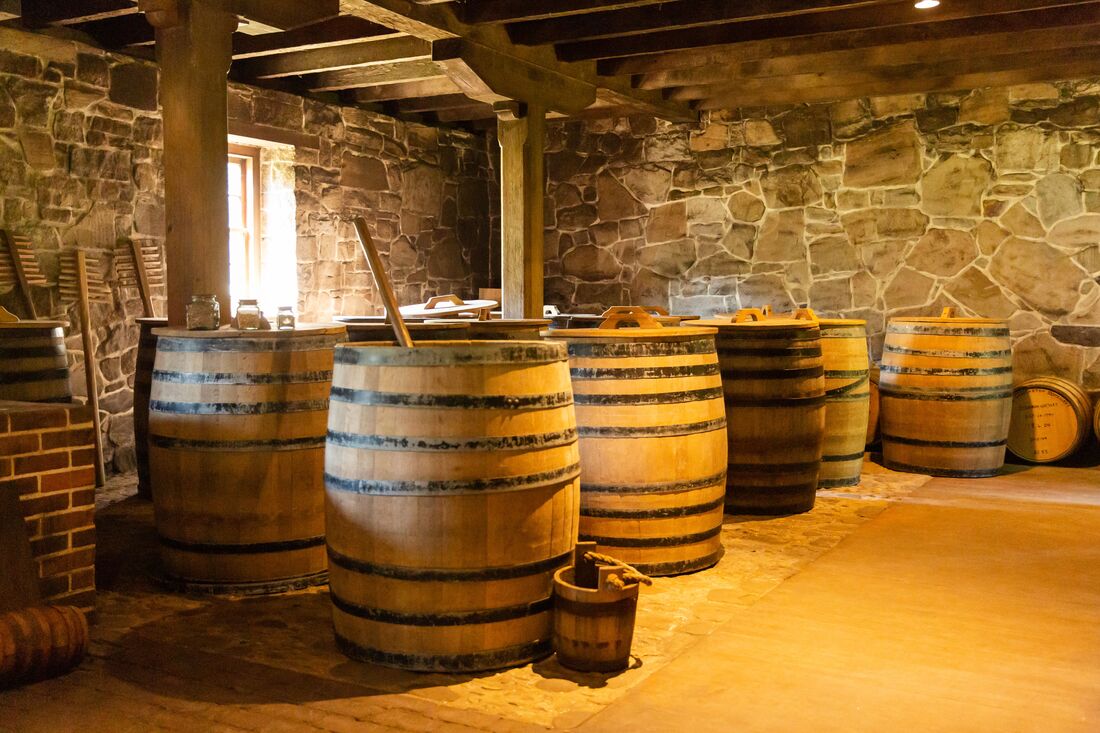
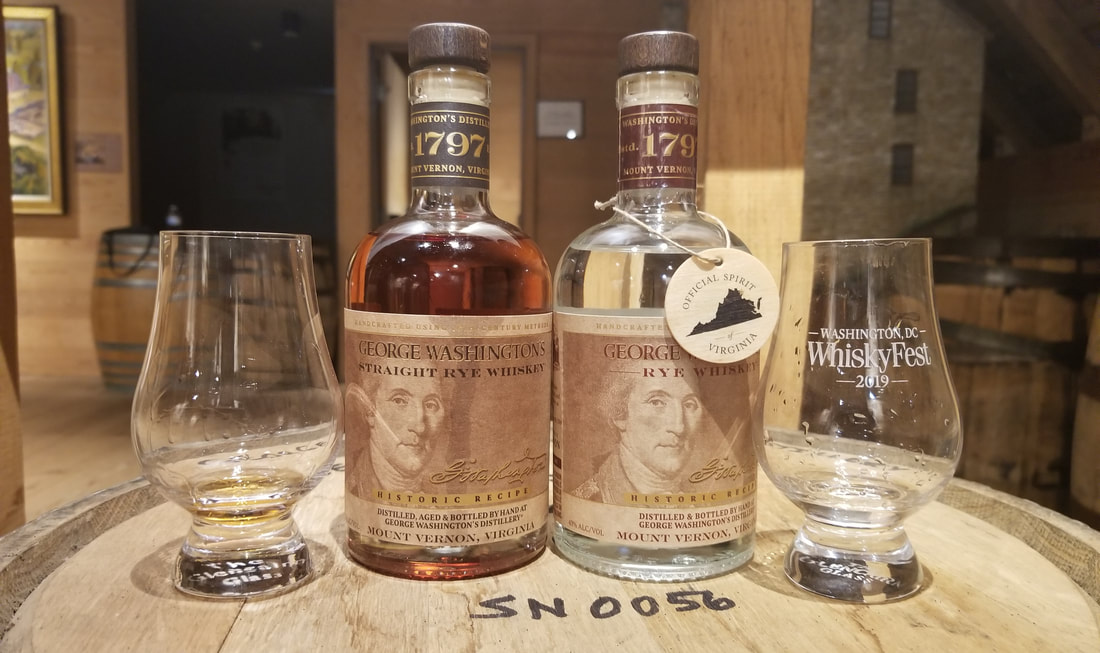
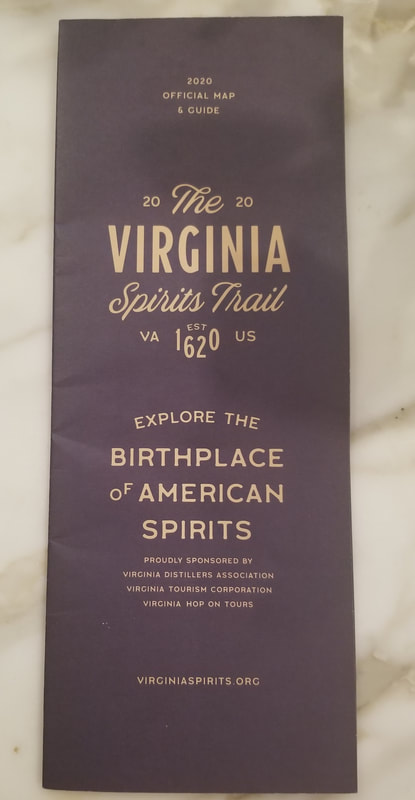
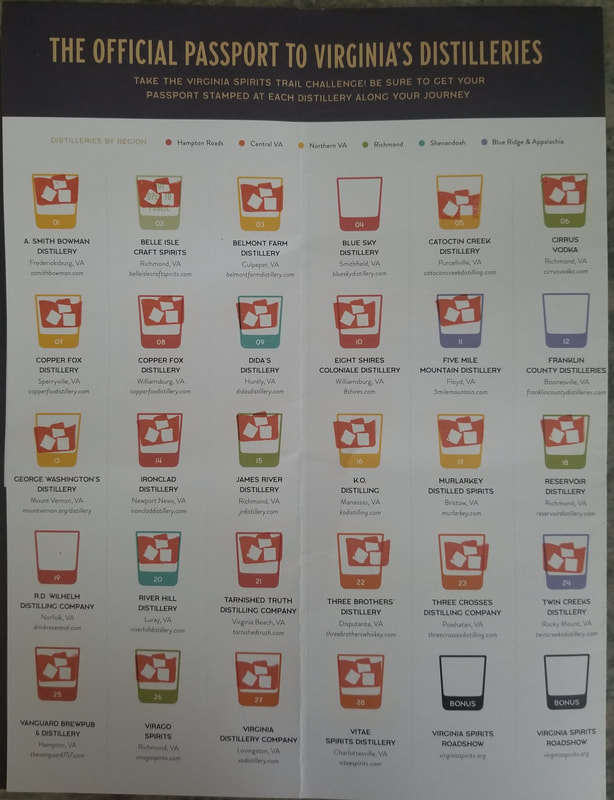
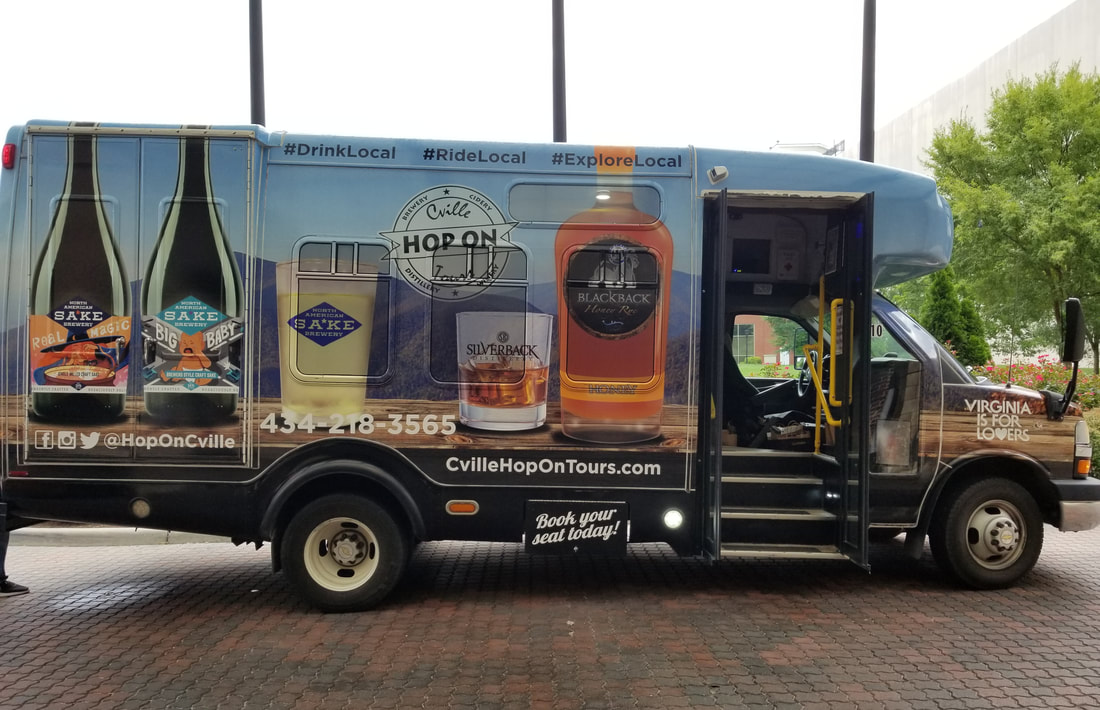
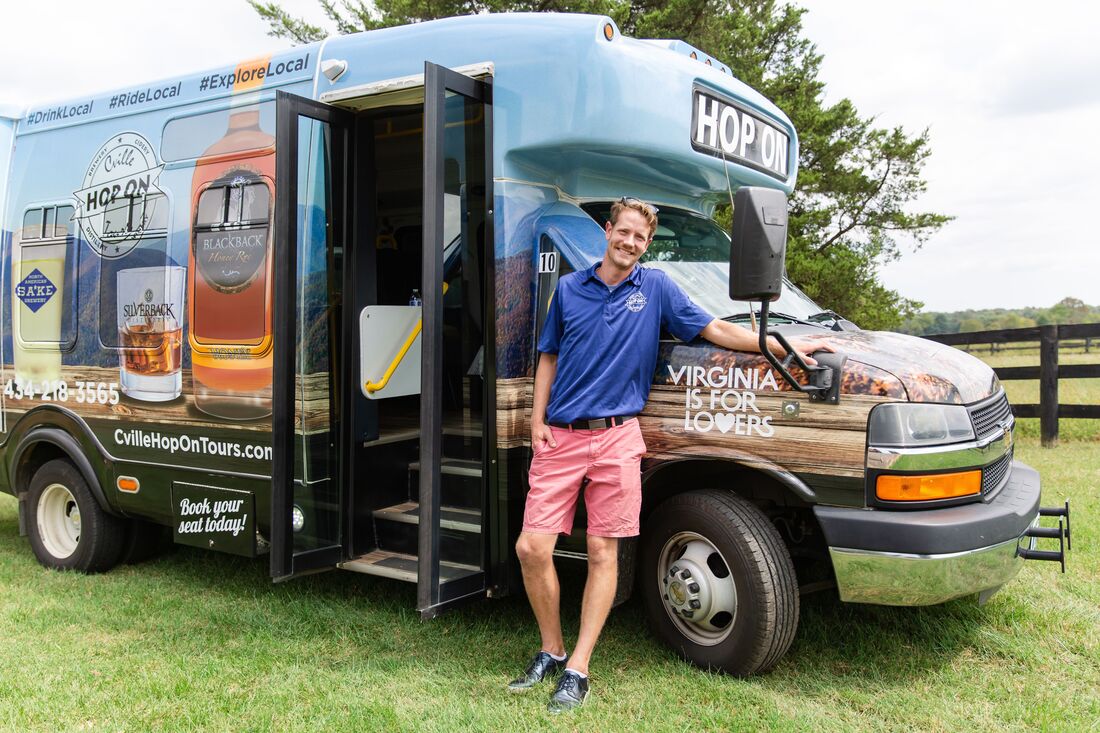
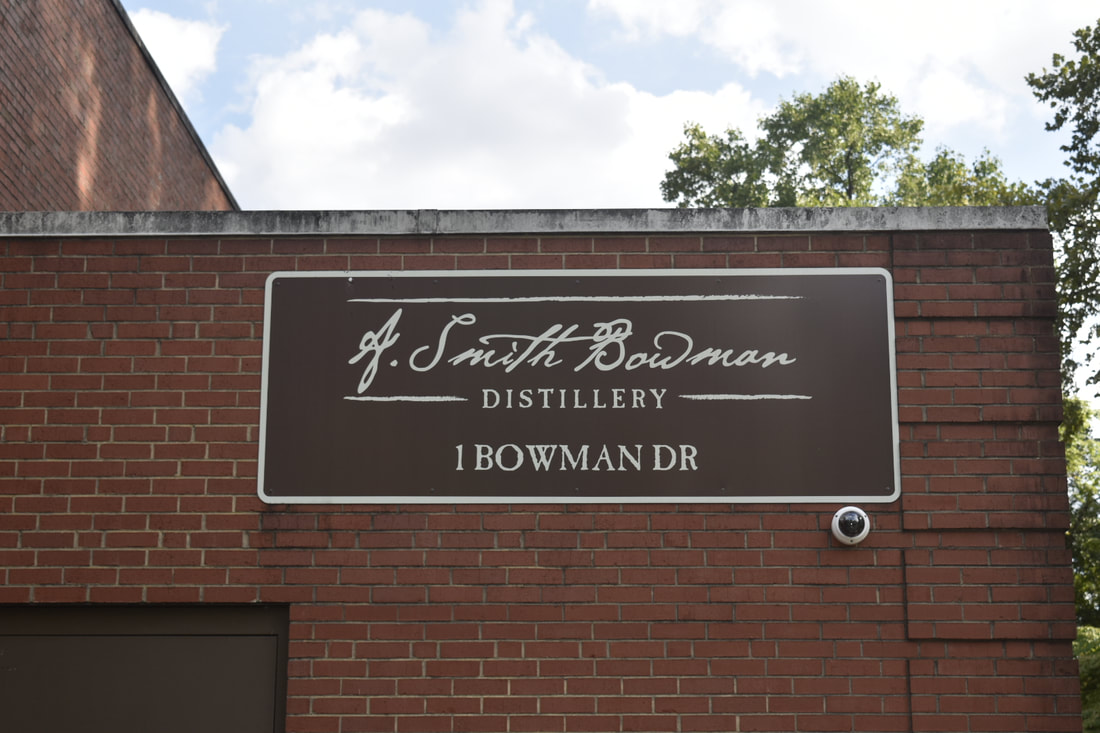
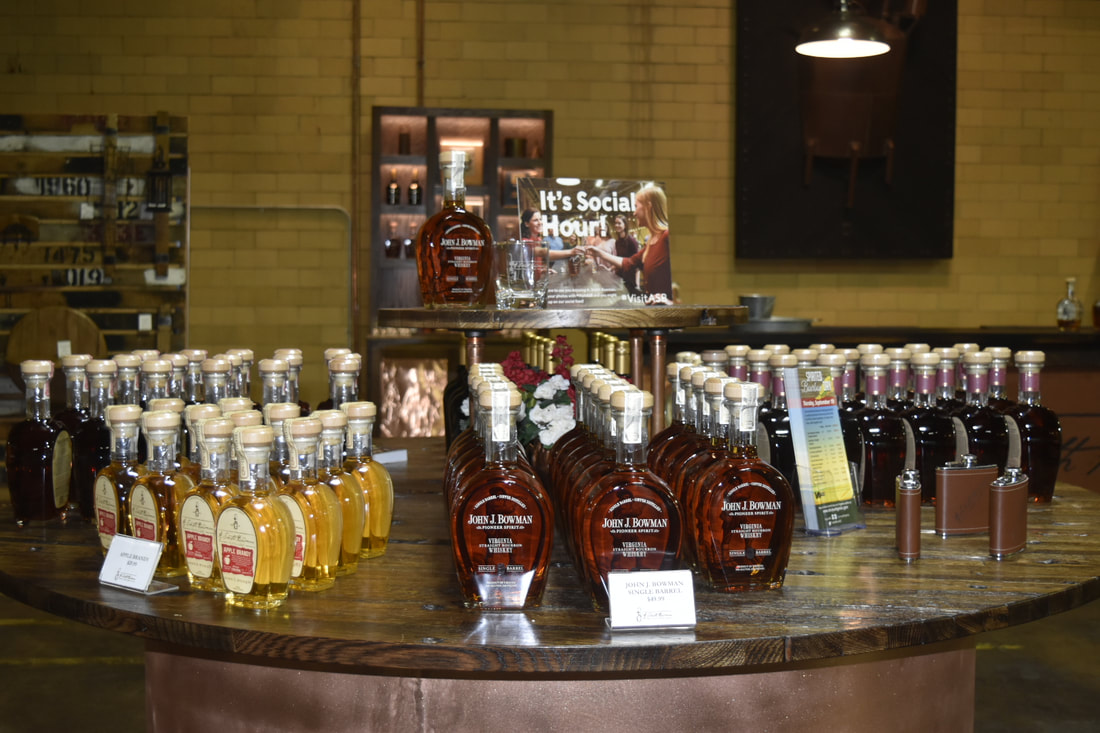
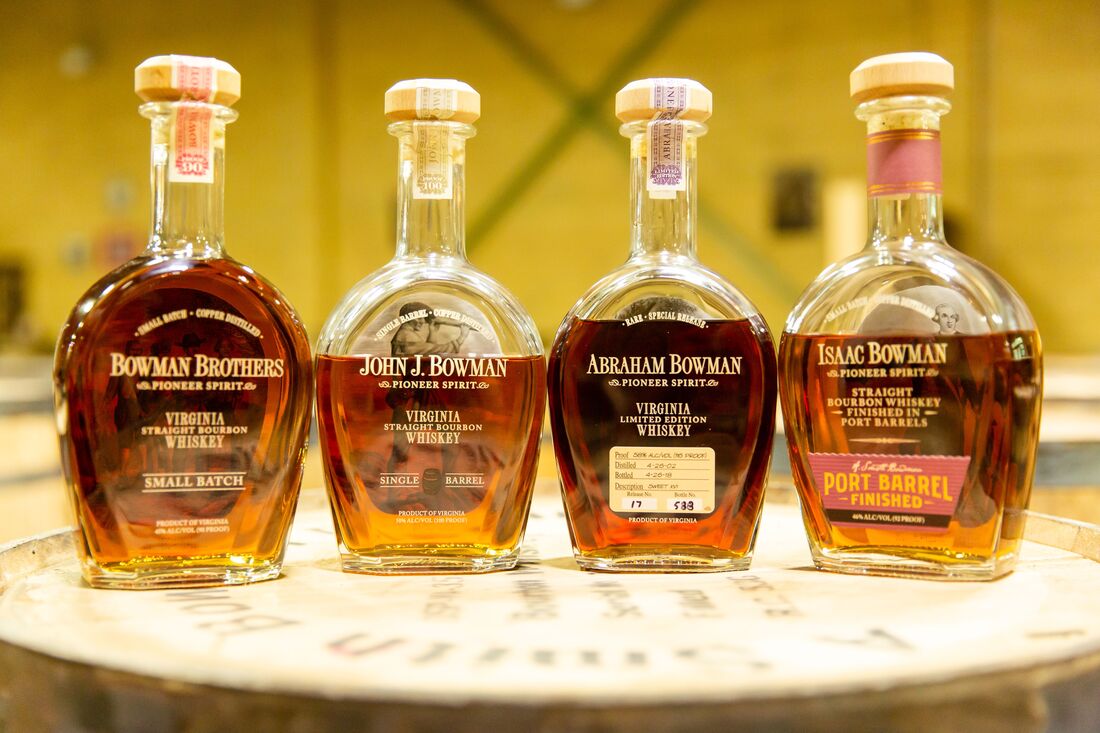
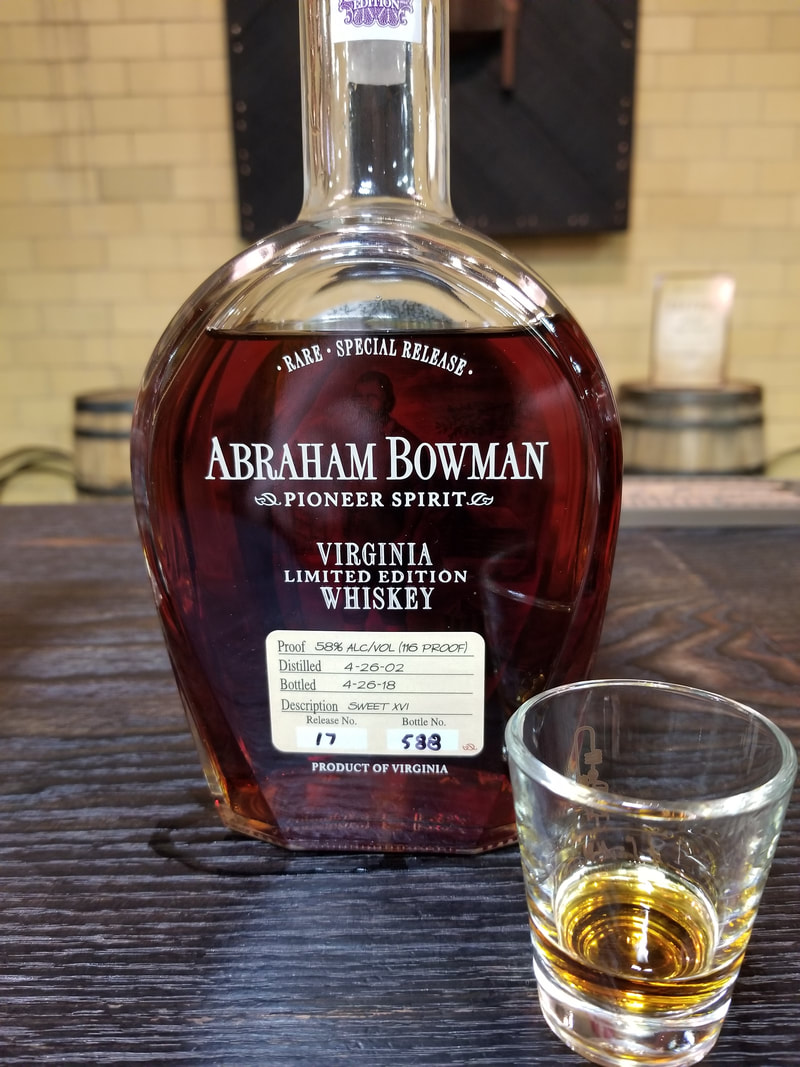
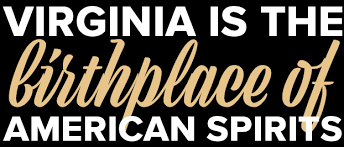
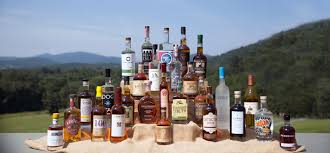

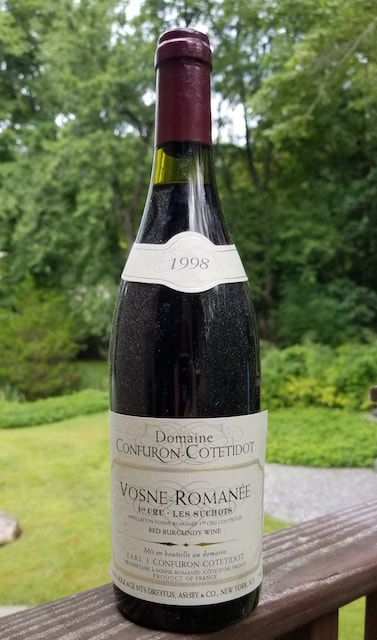
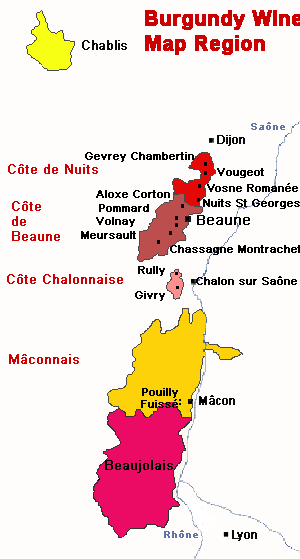
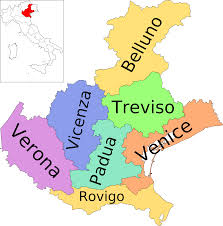
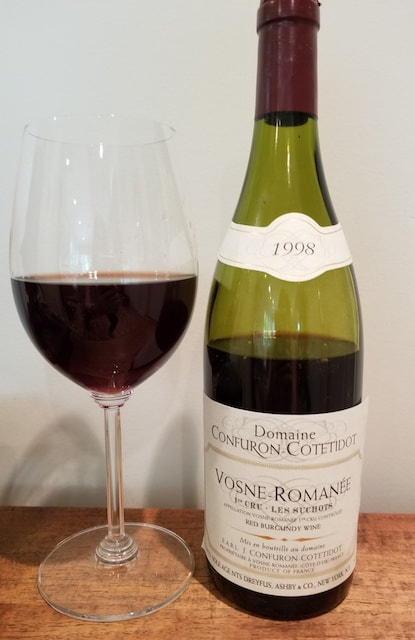
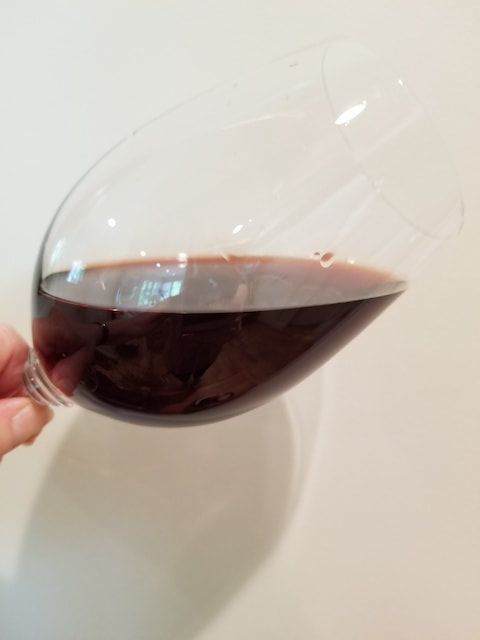
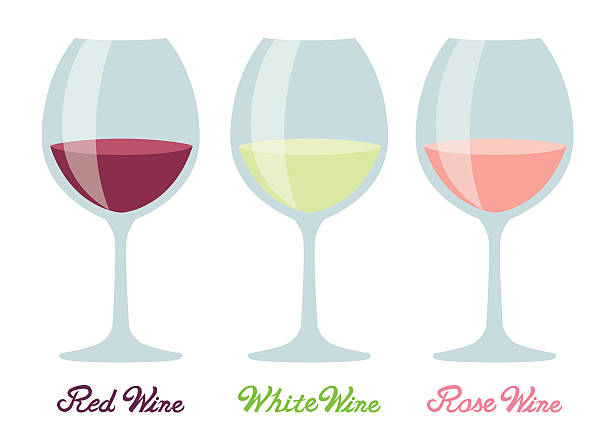
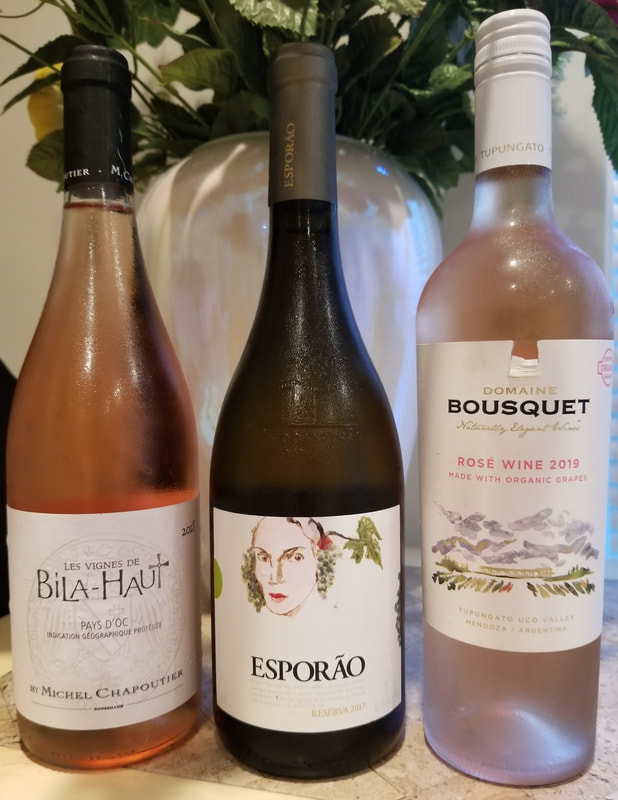
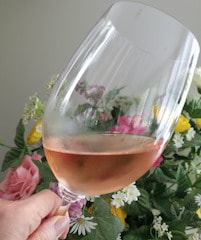
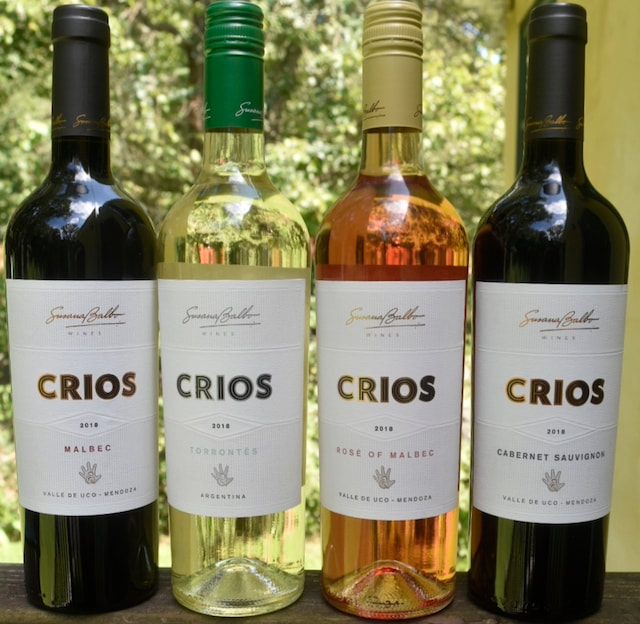
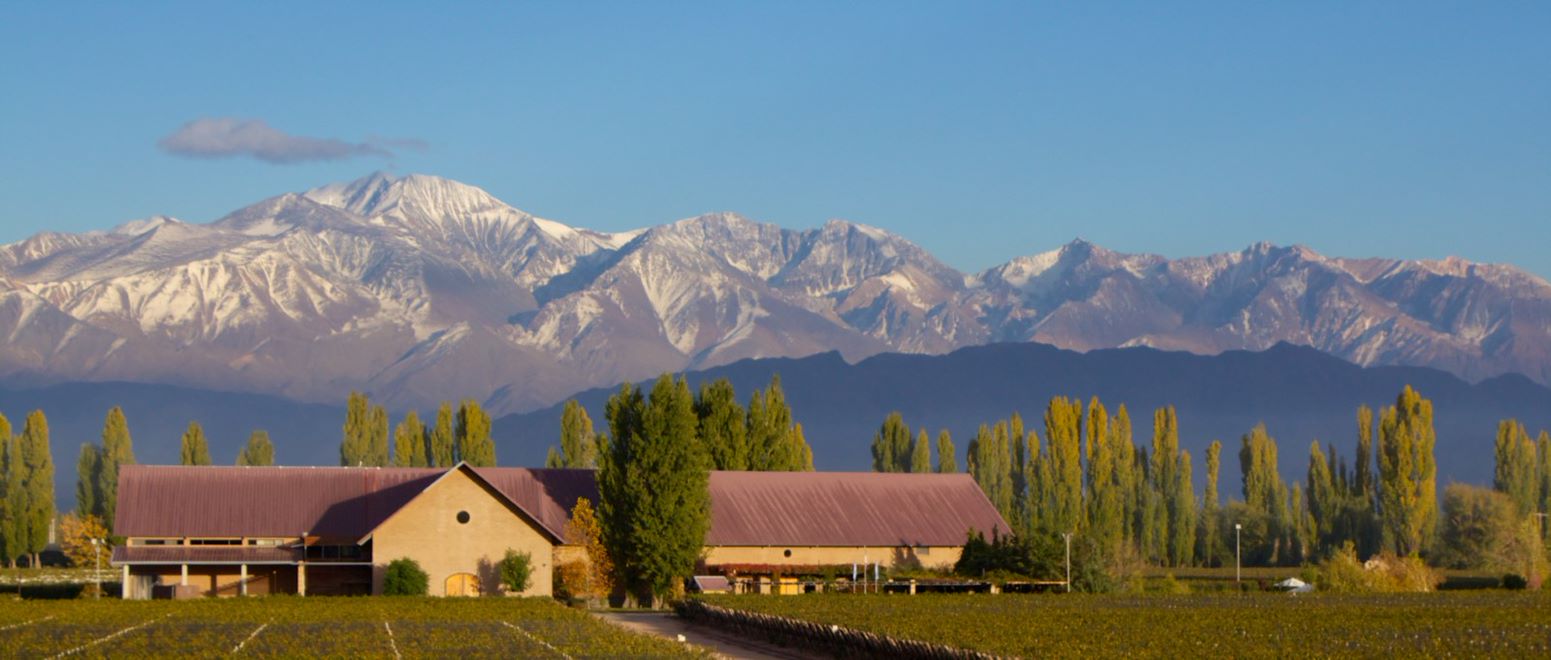
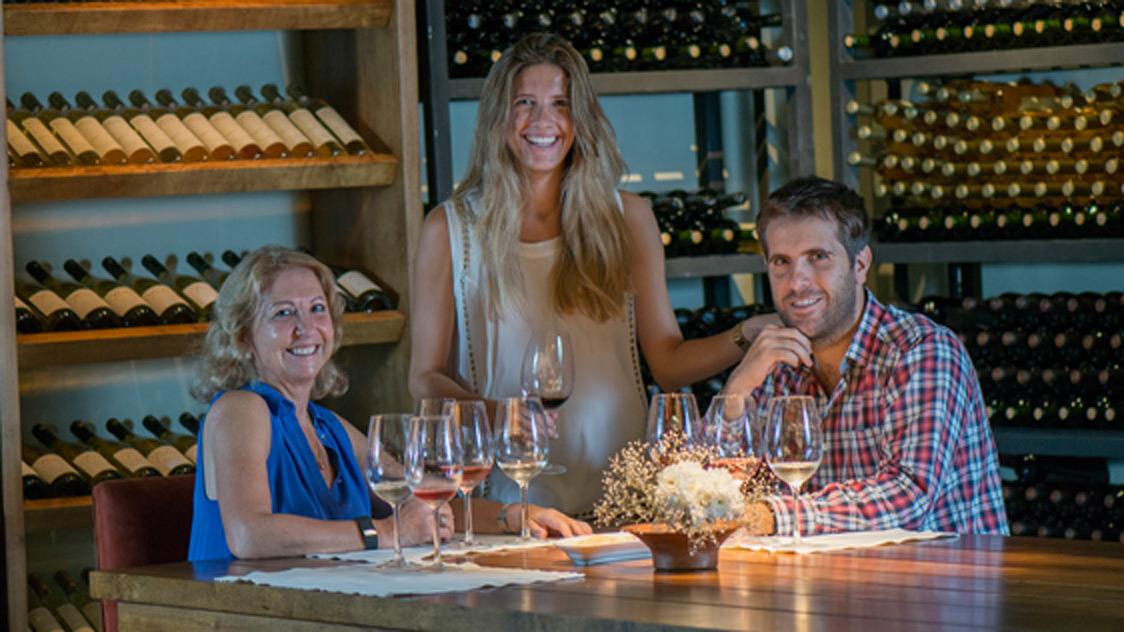
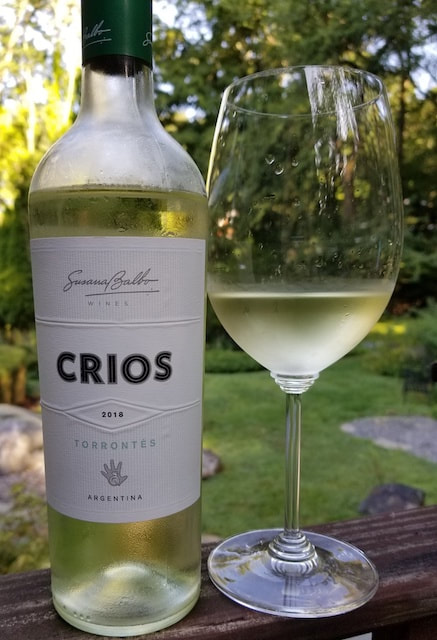

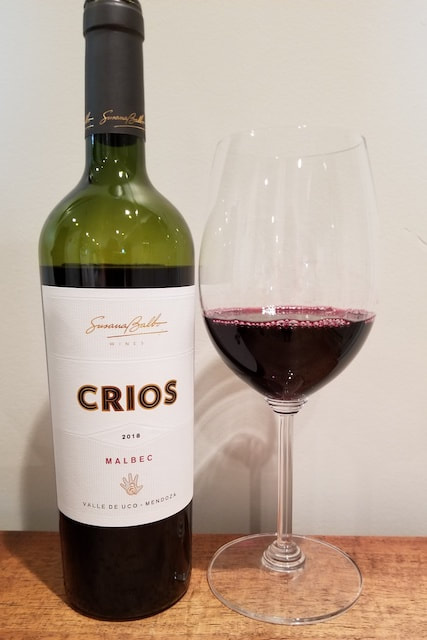
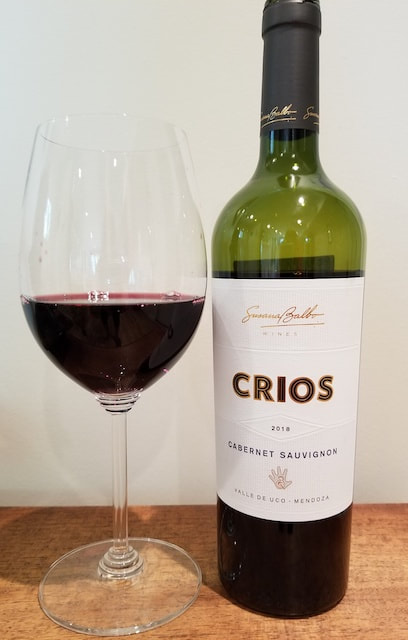
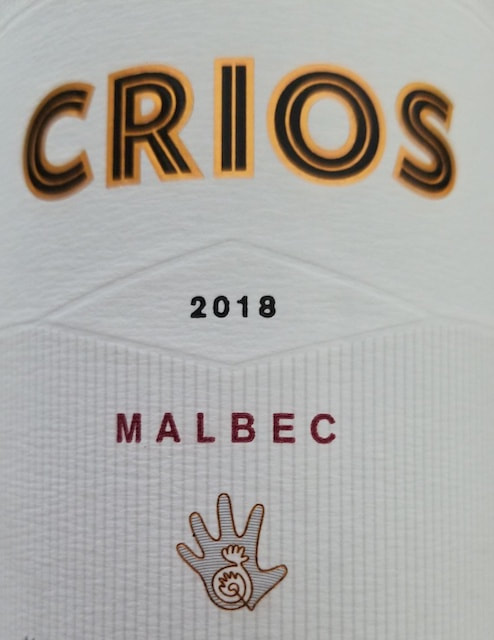
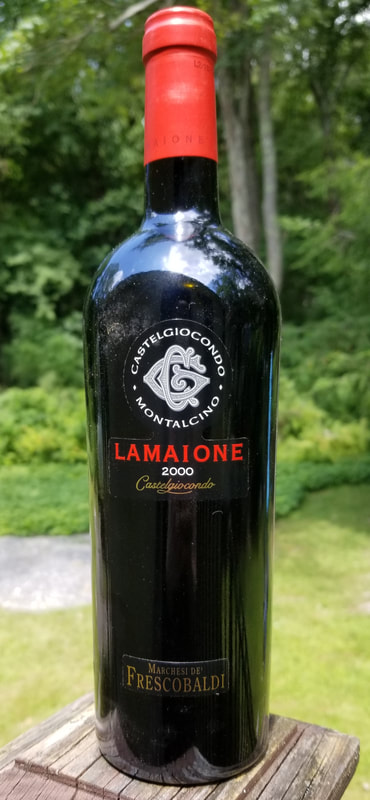
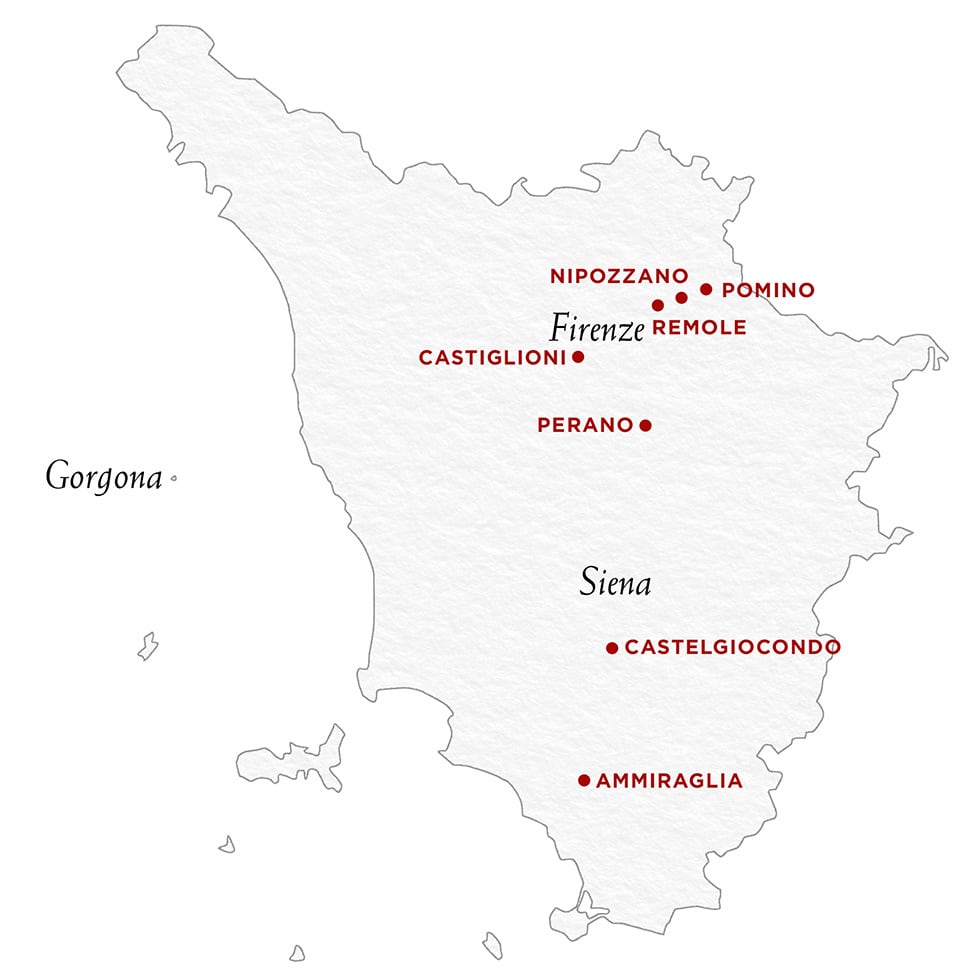
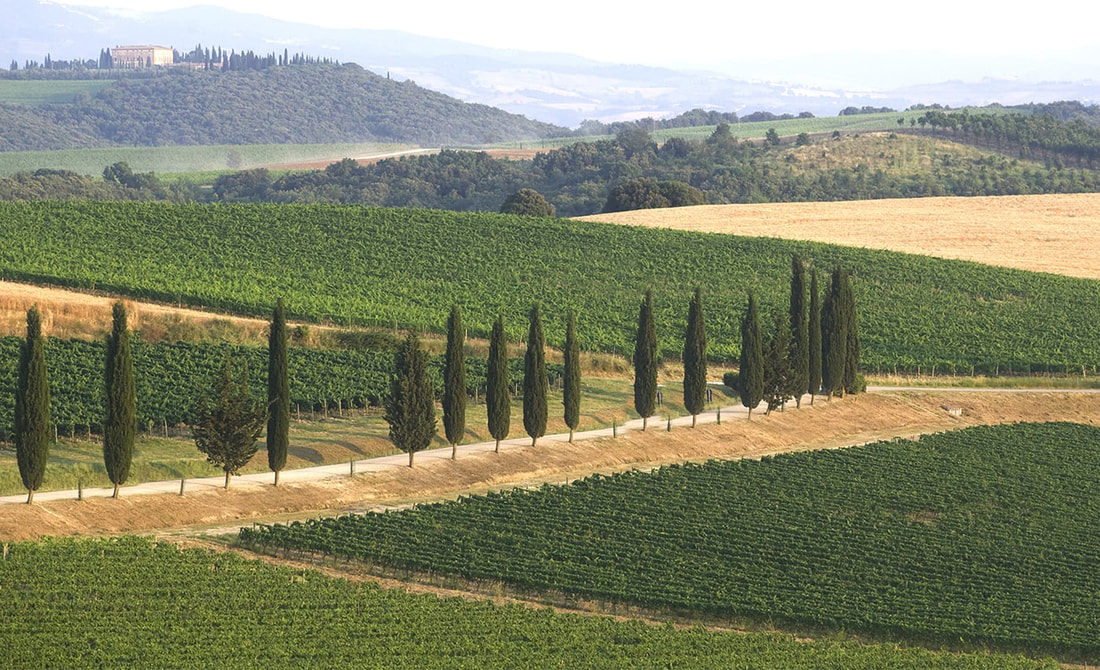
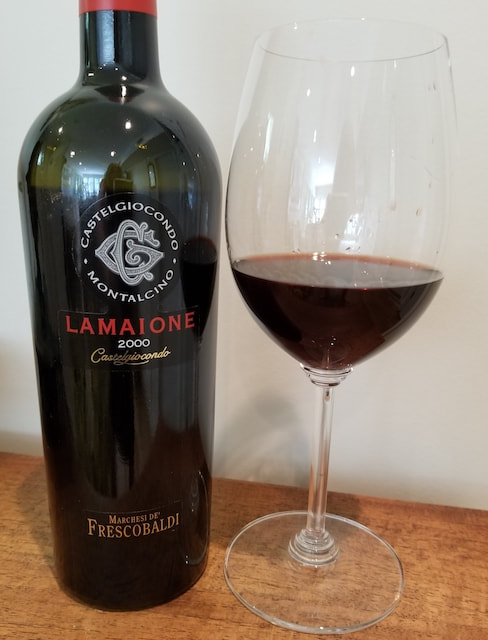
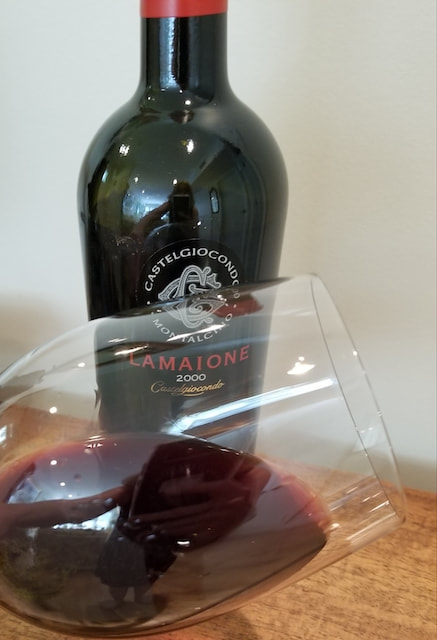
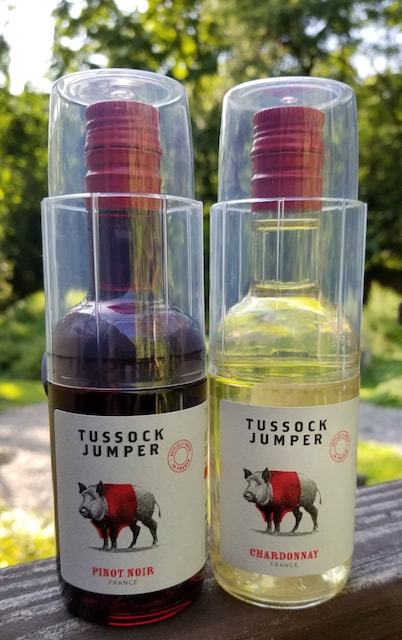
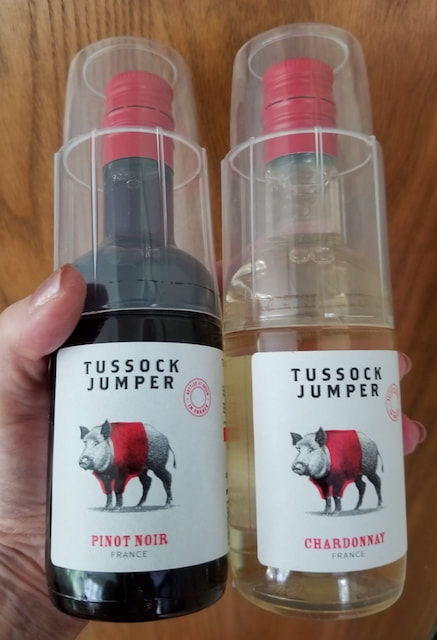

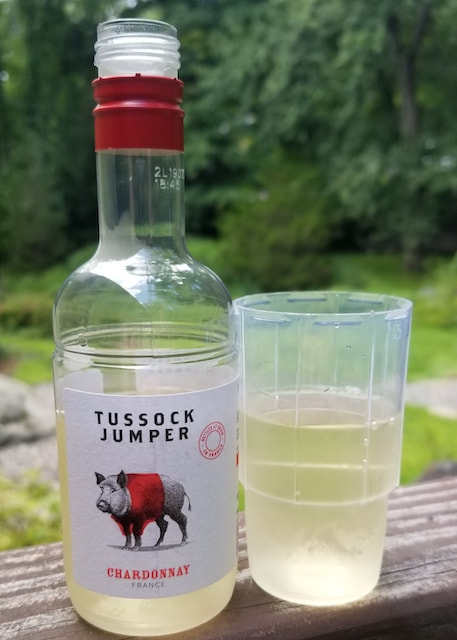
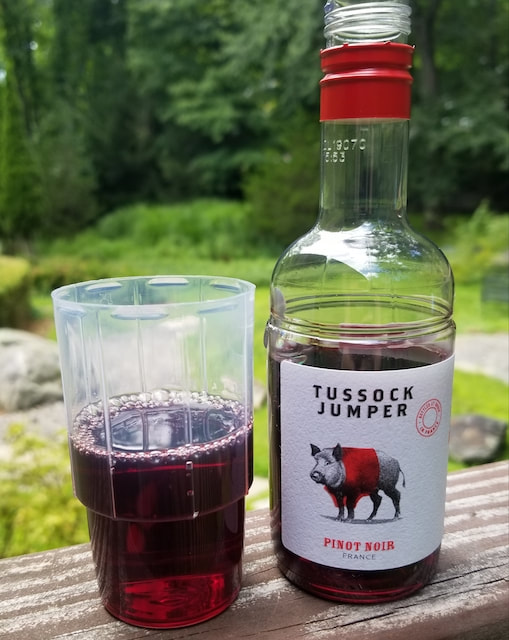
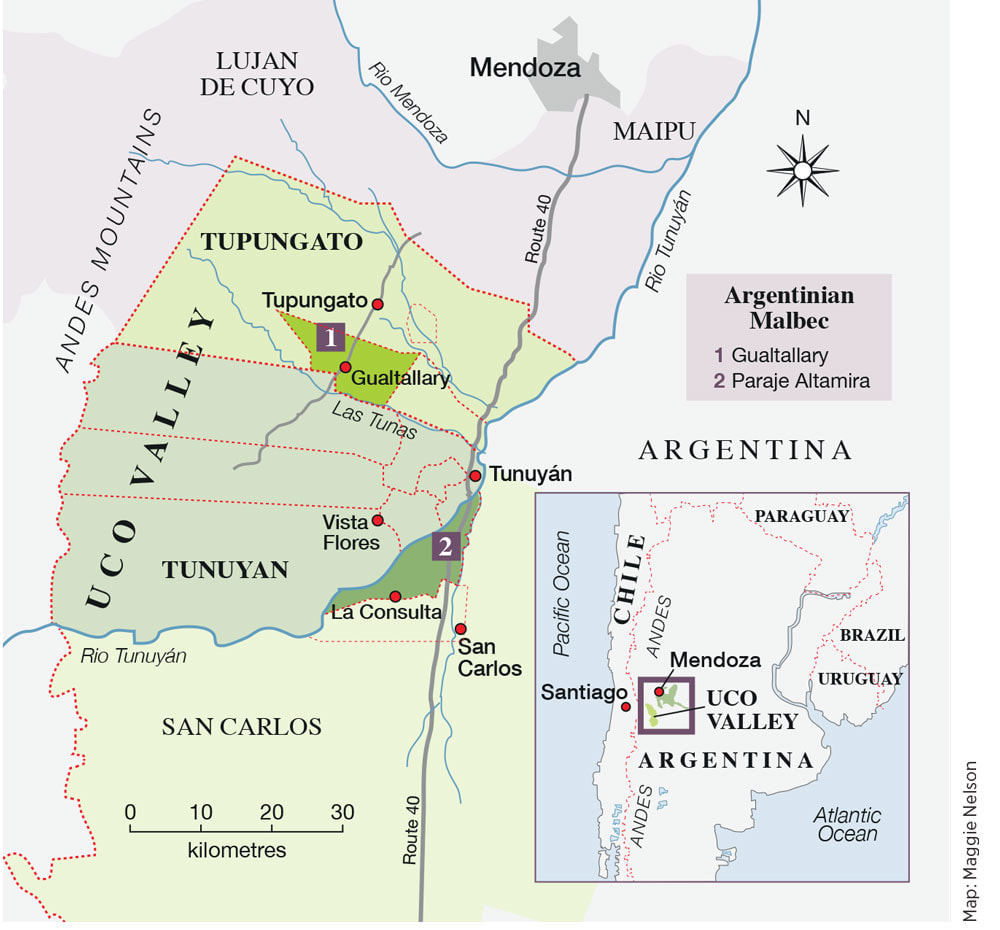
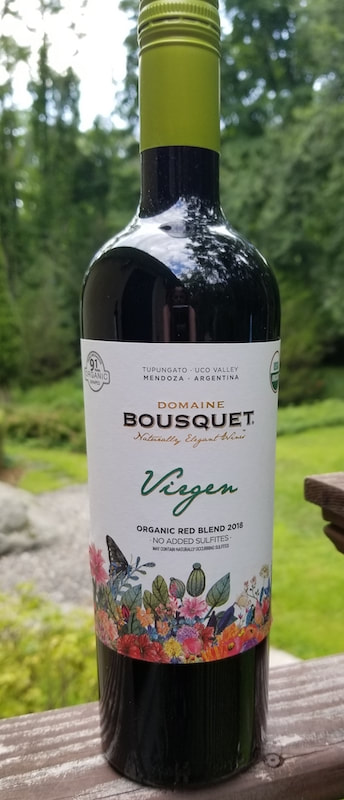
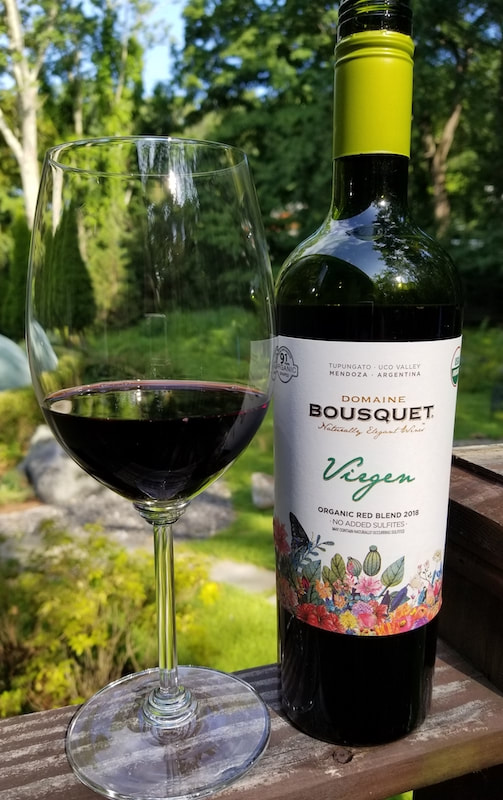
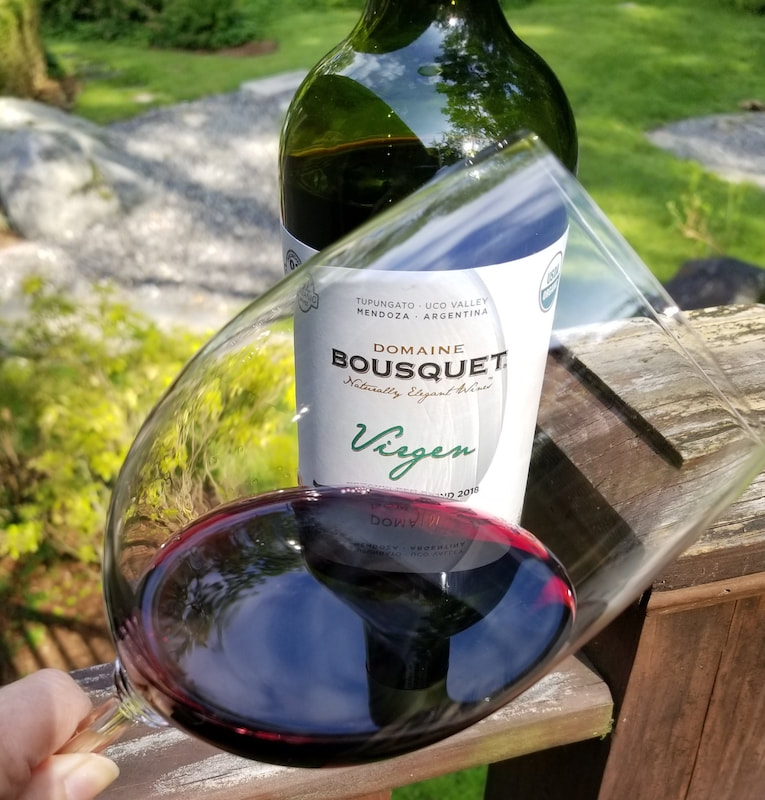
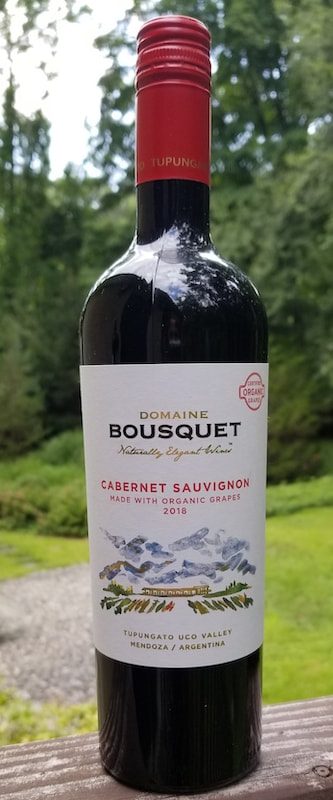
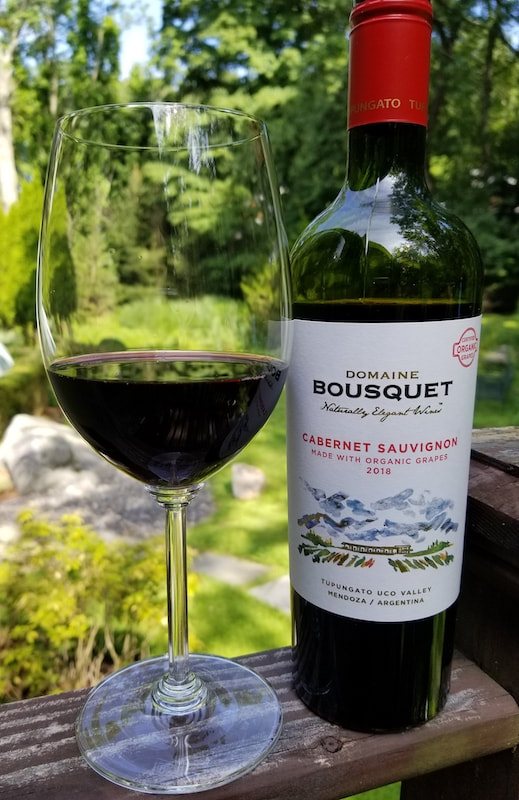
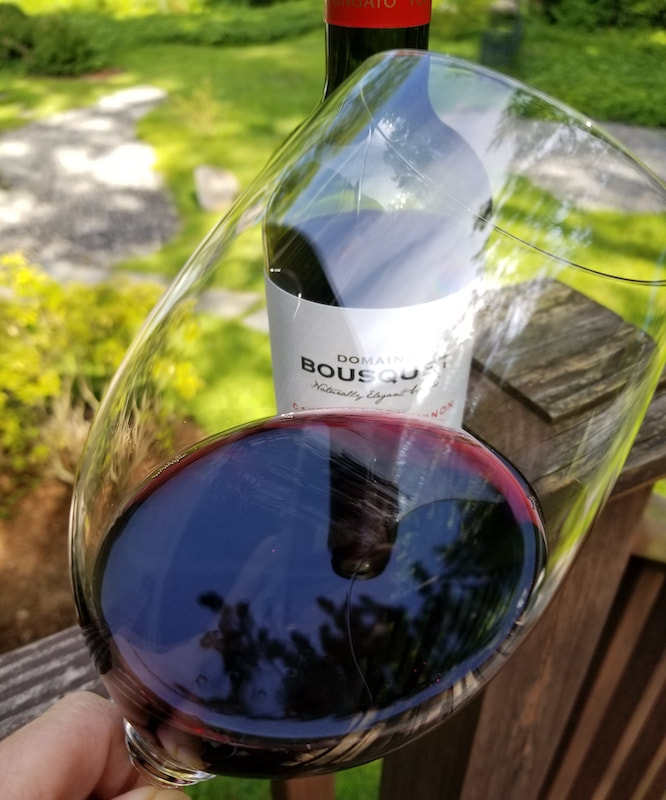
 RSS Feed
RSS Feed